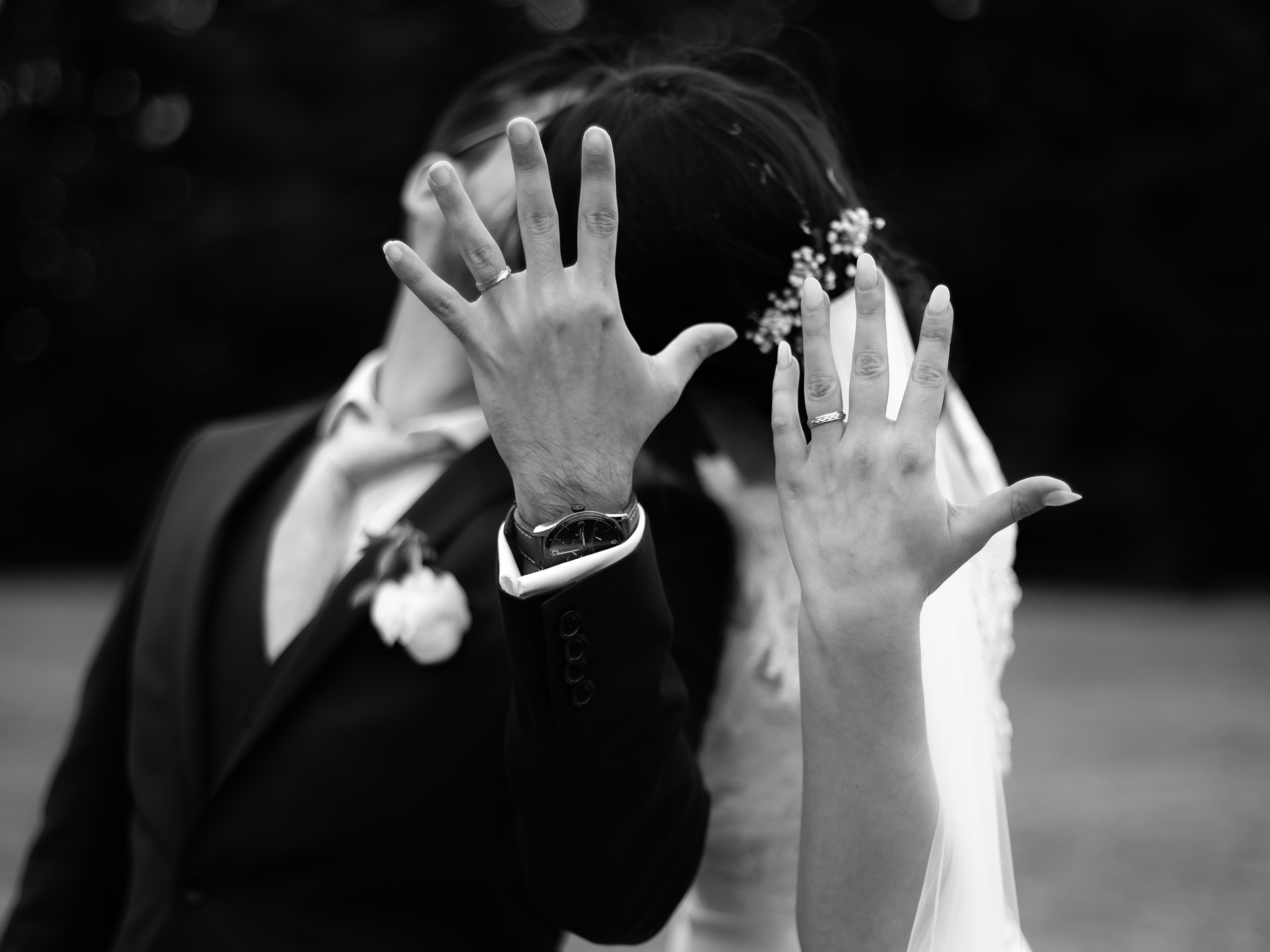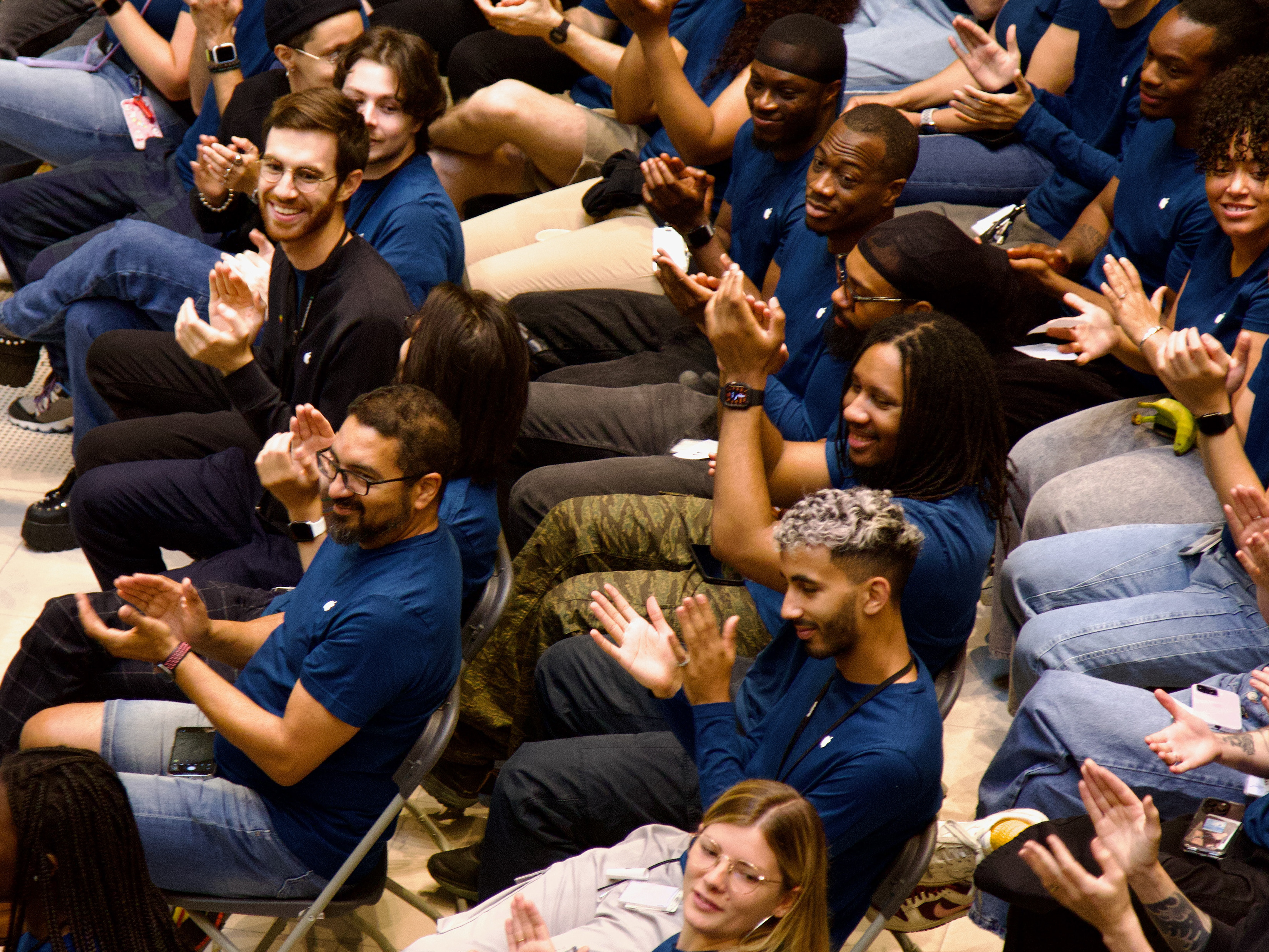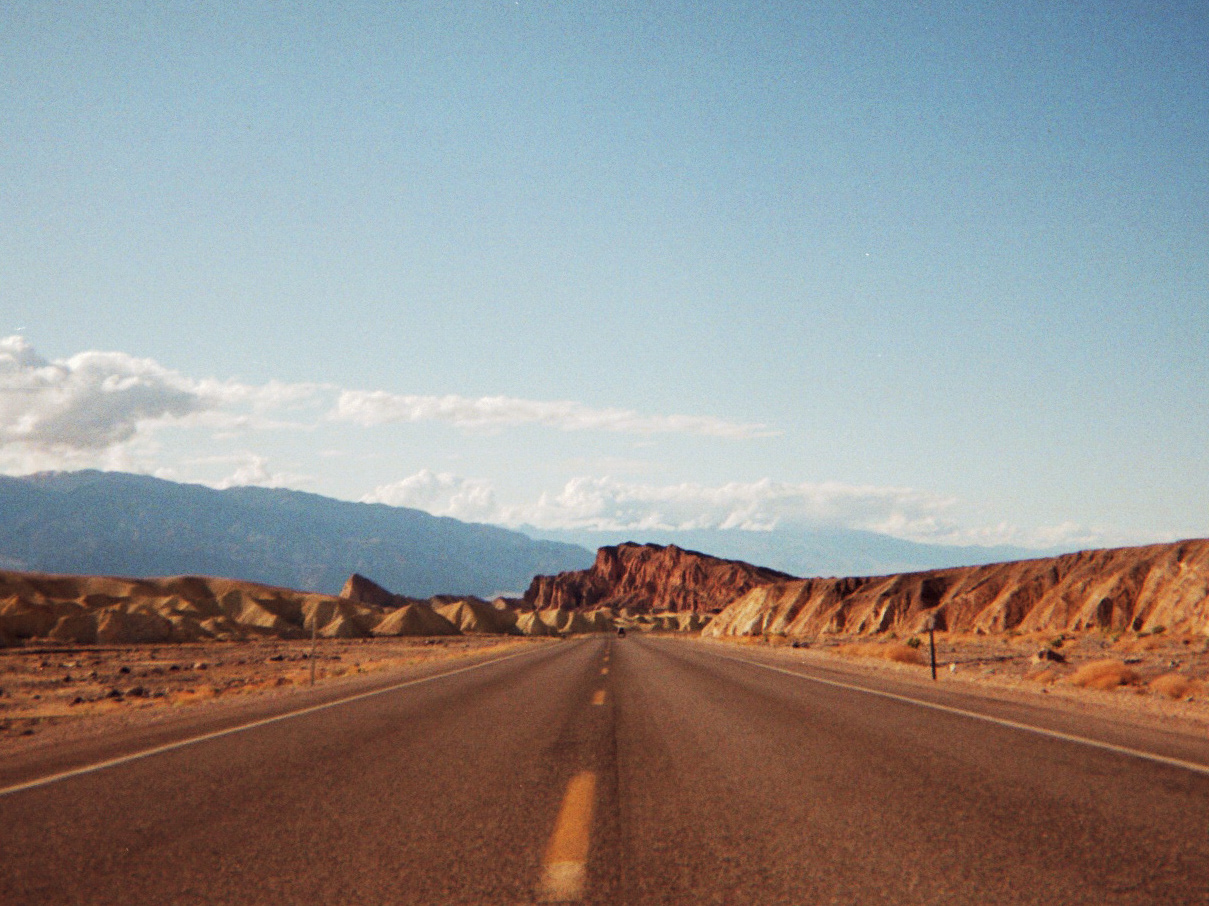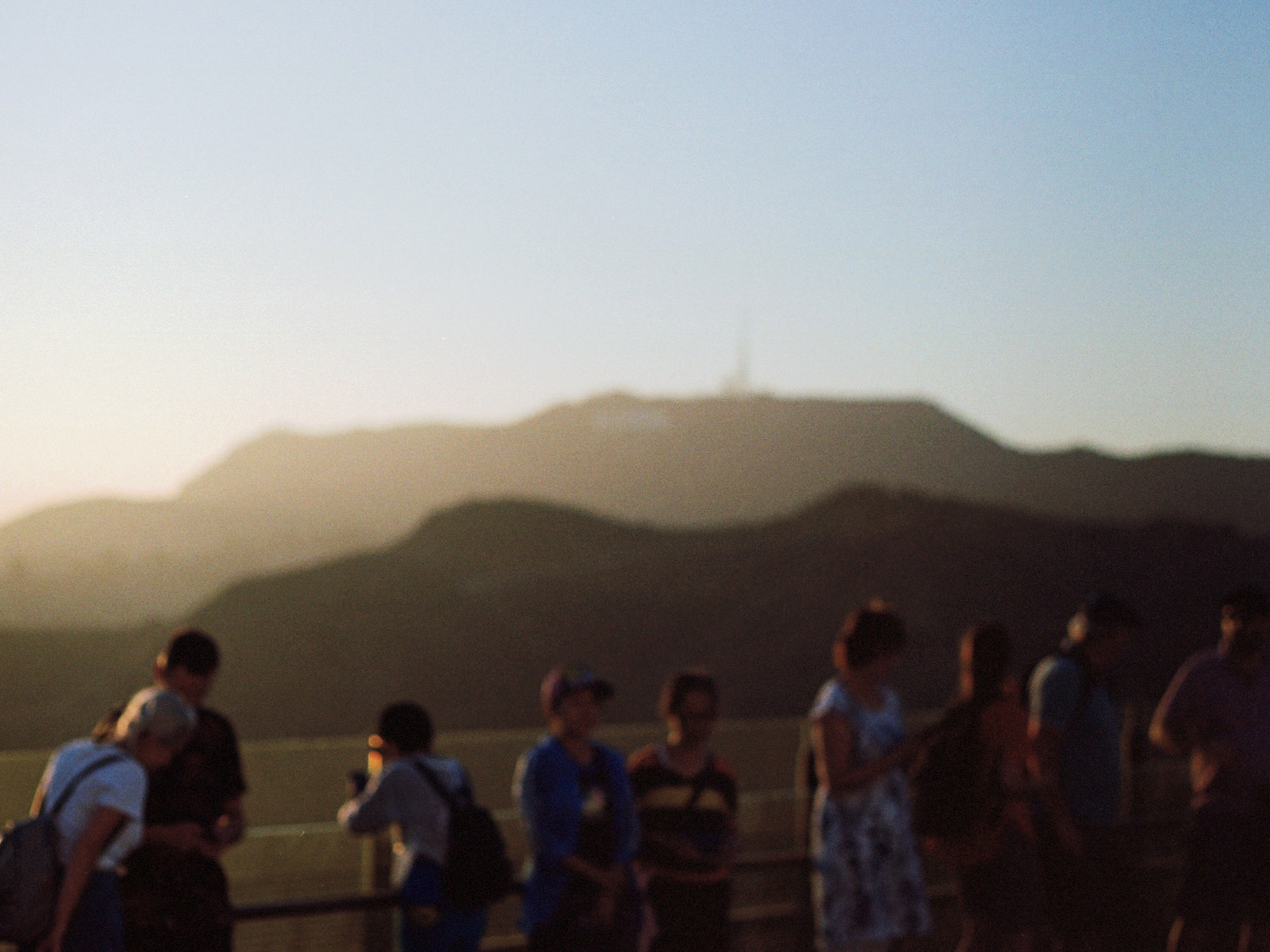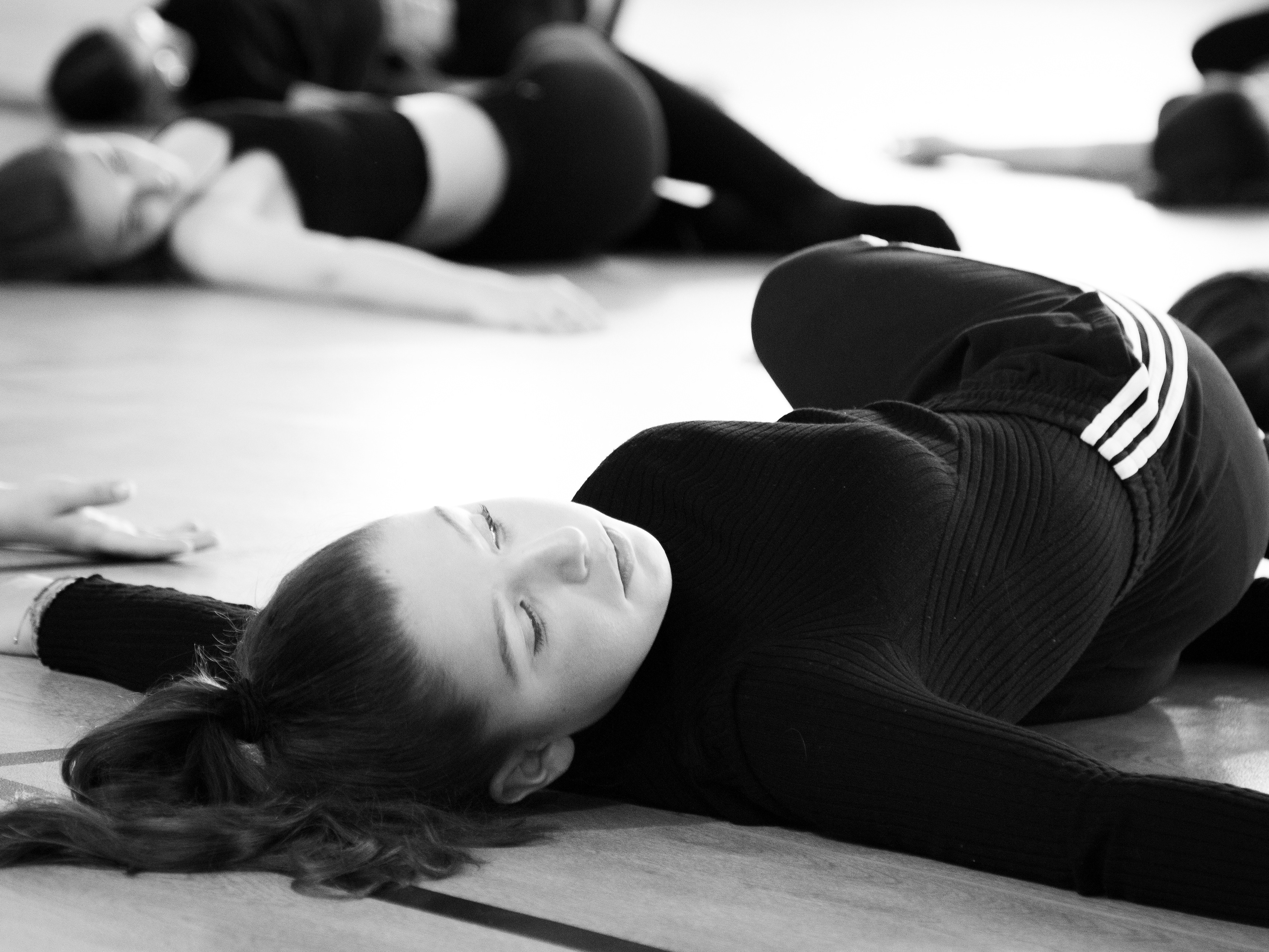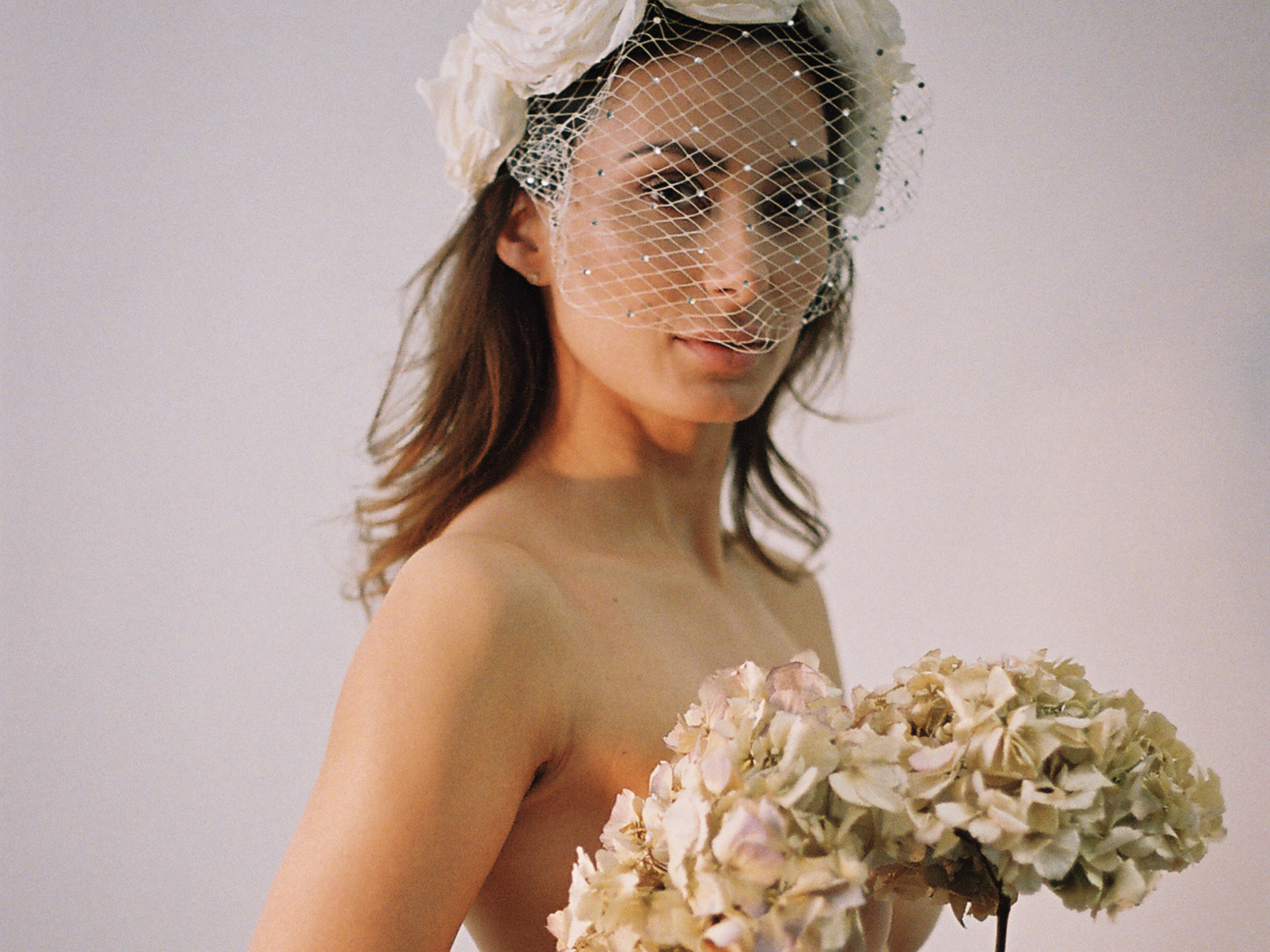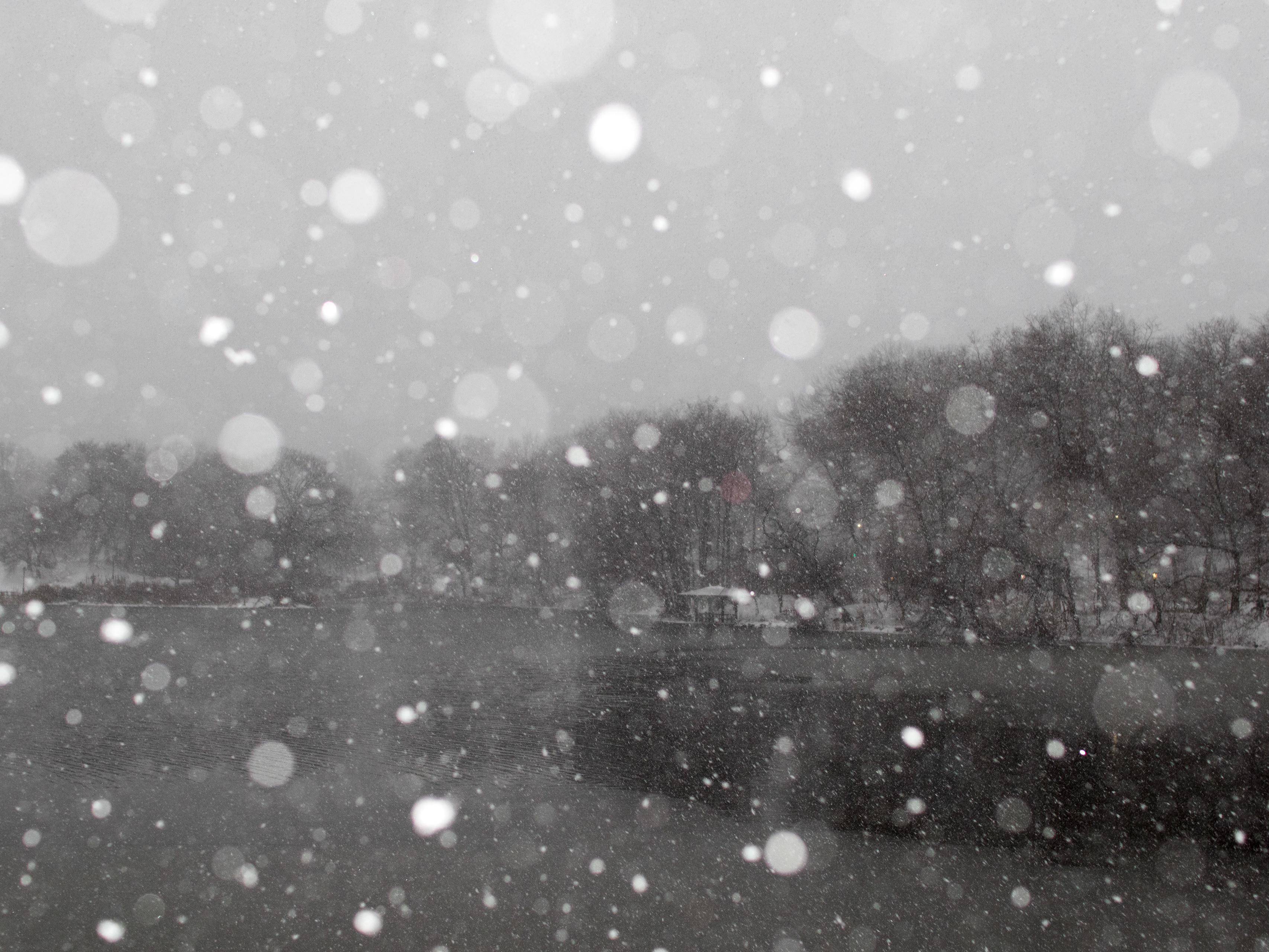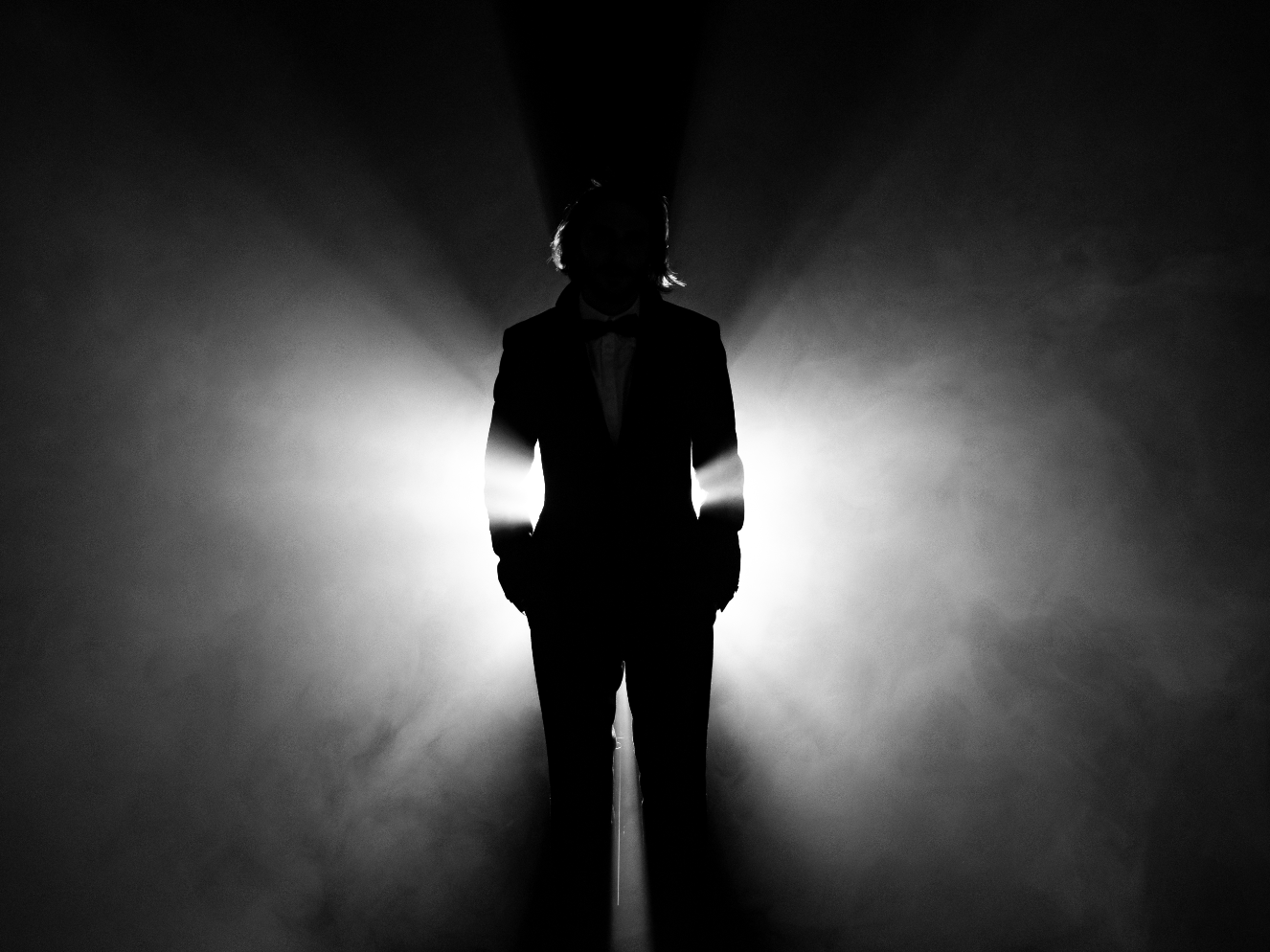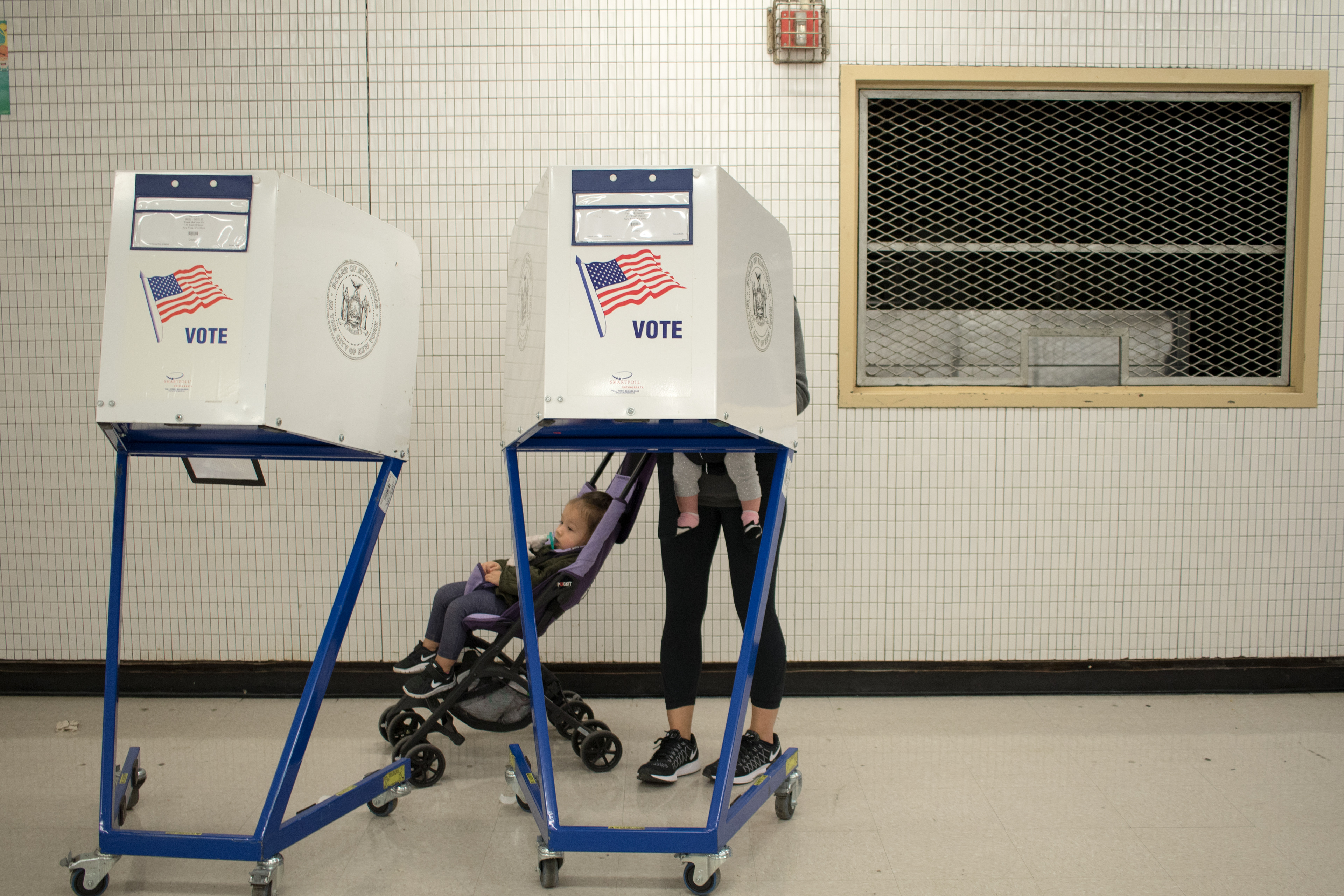
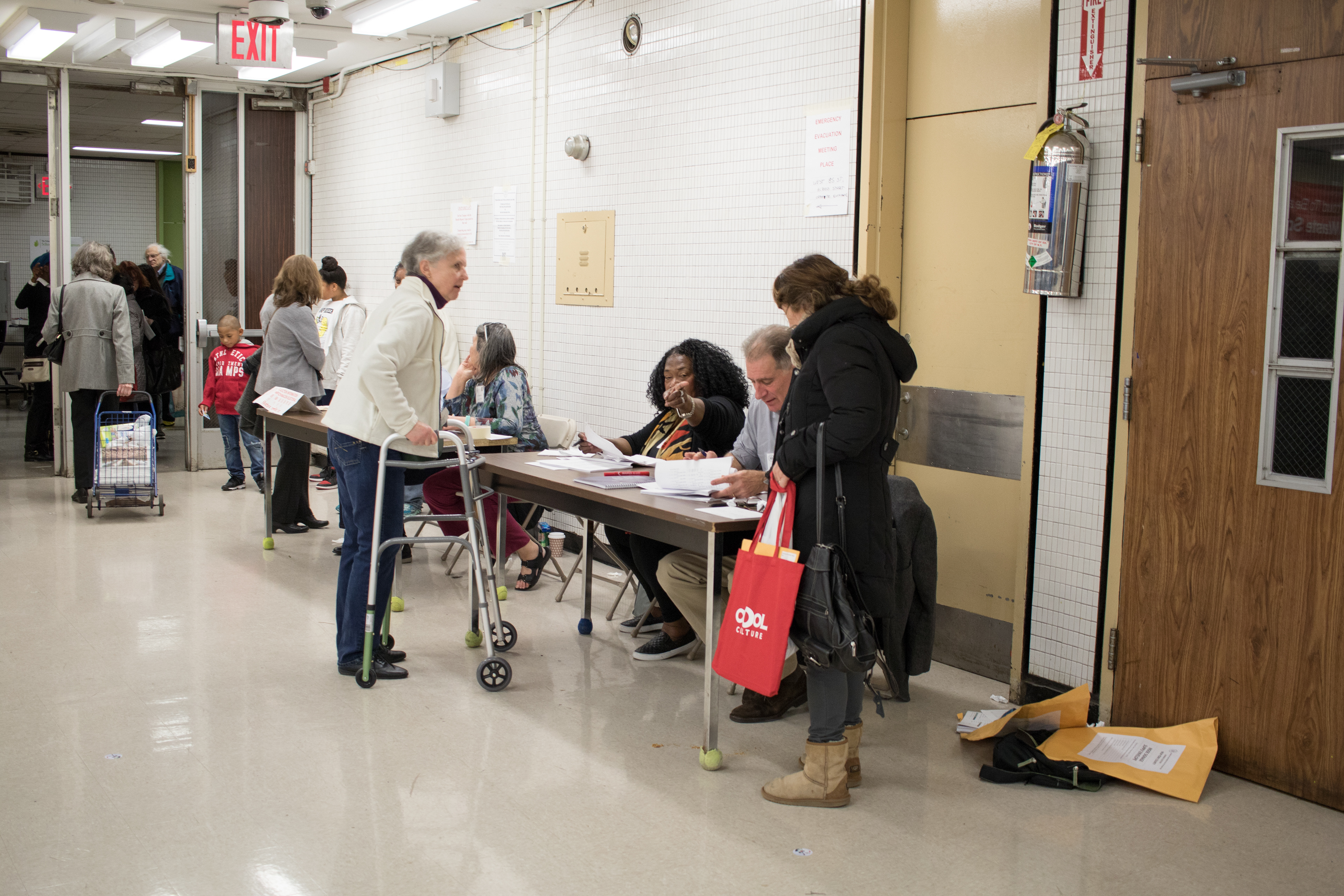
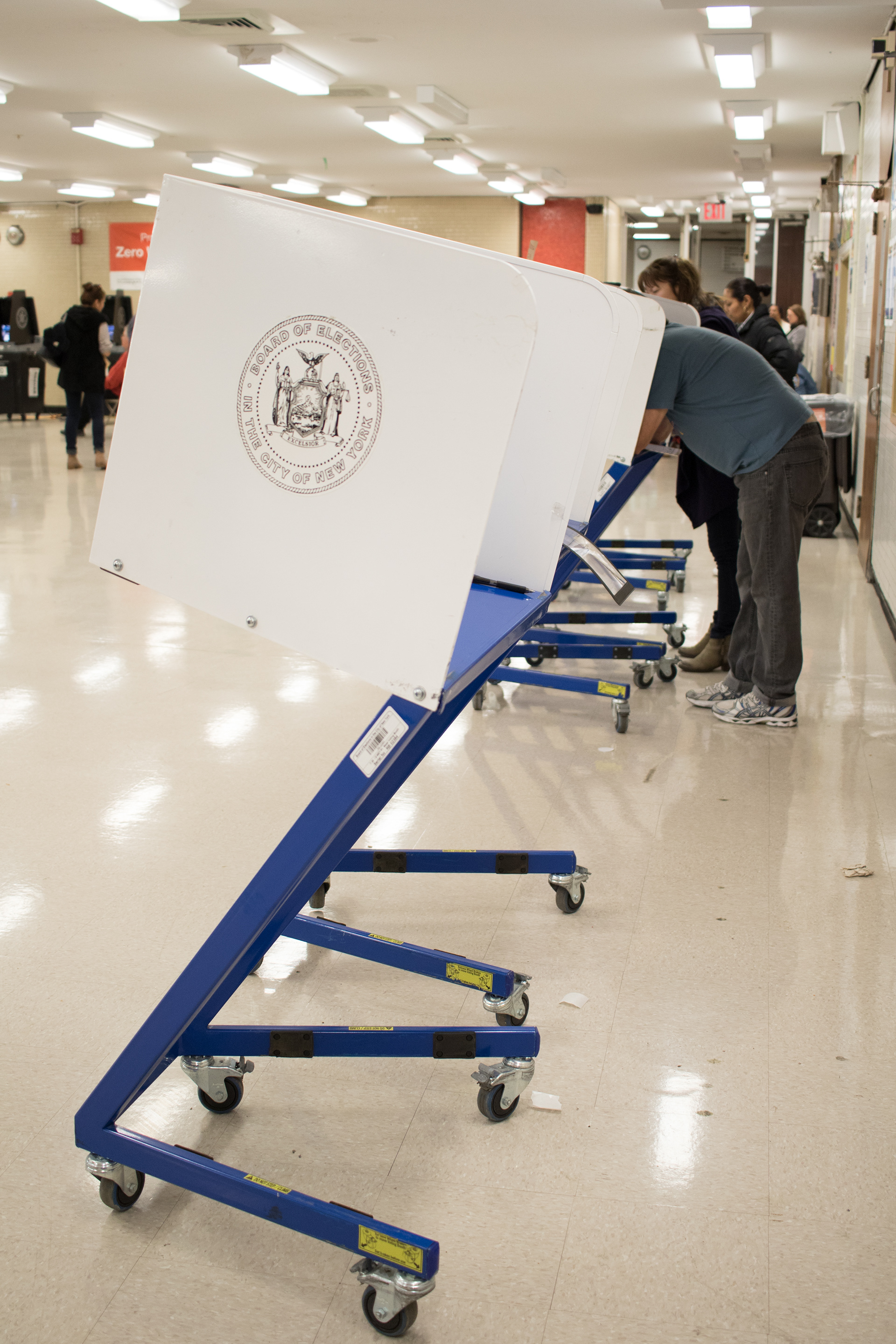
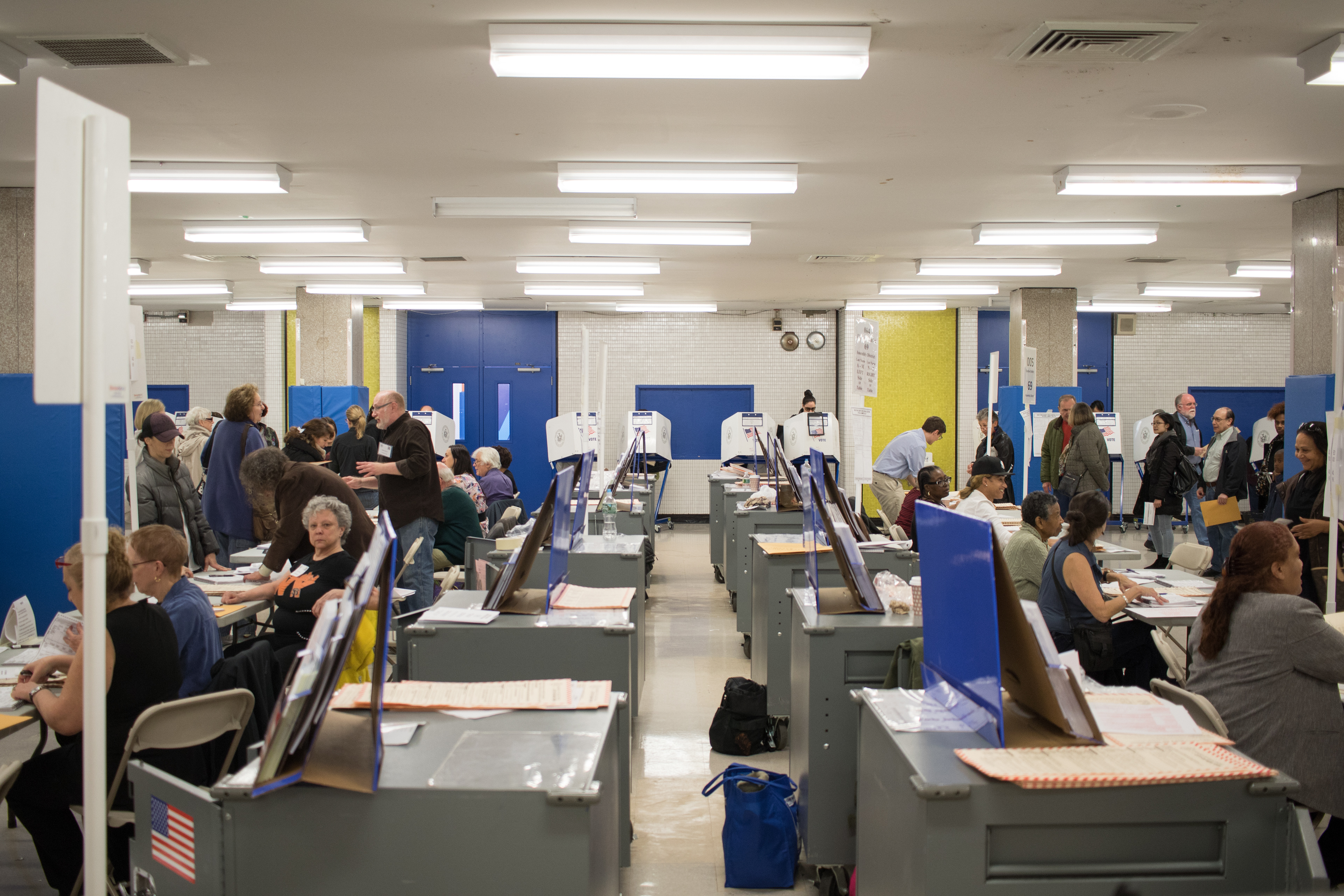
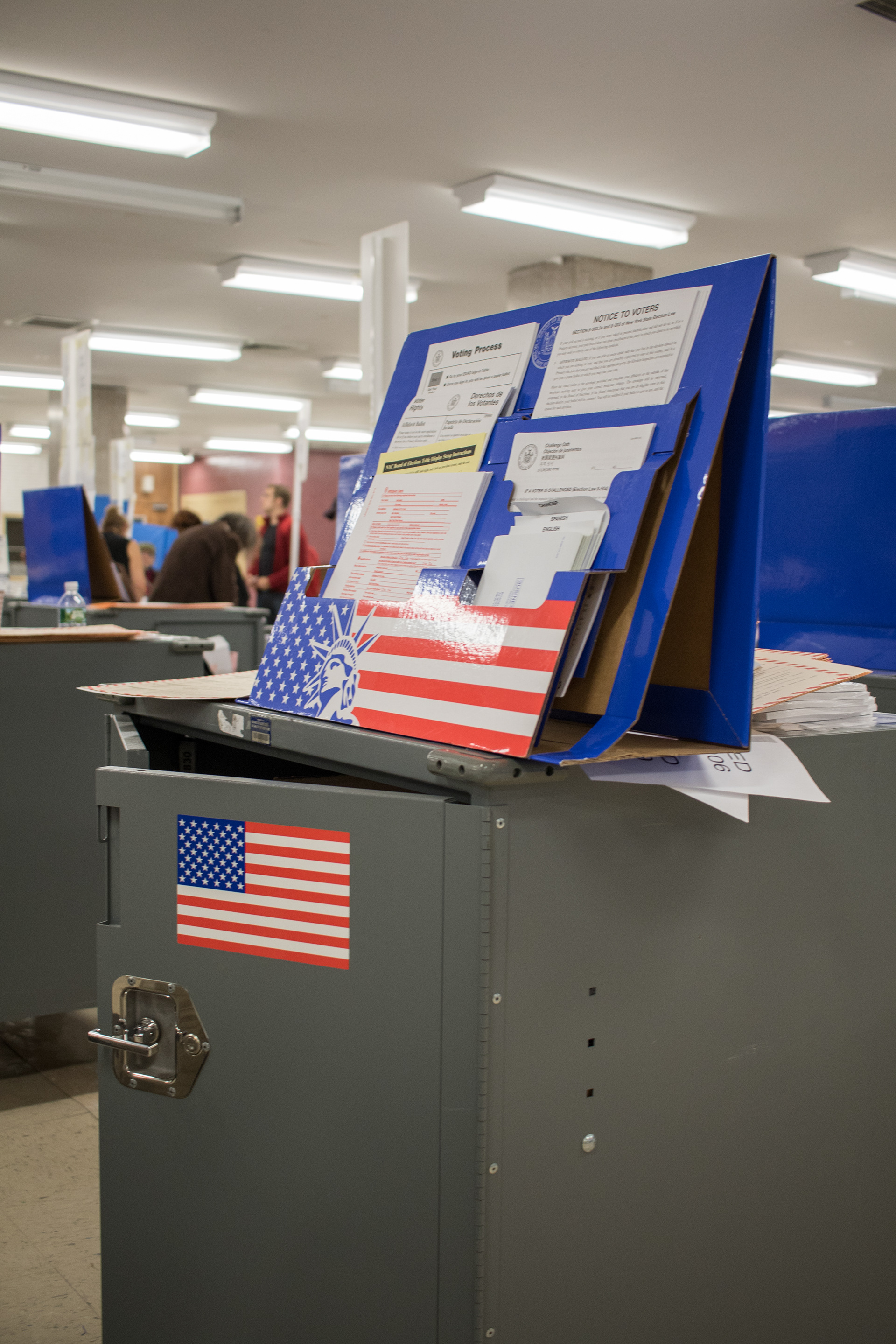
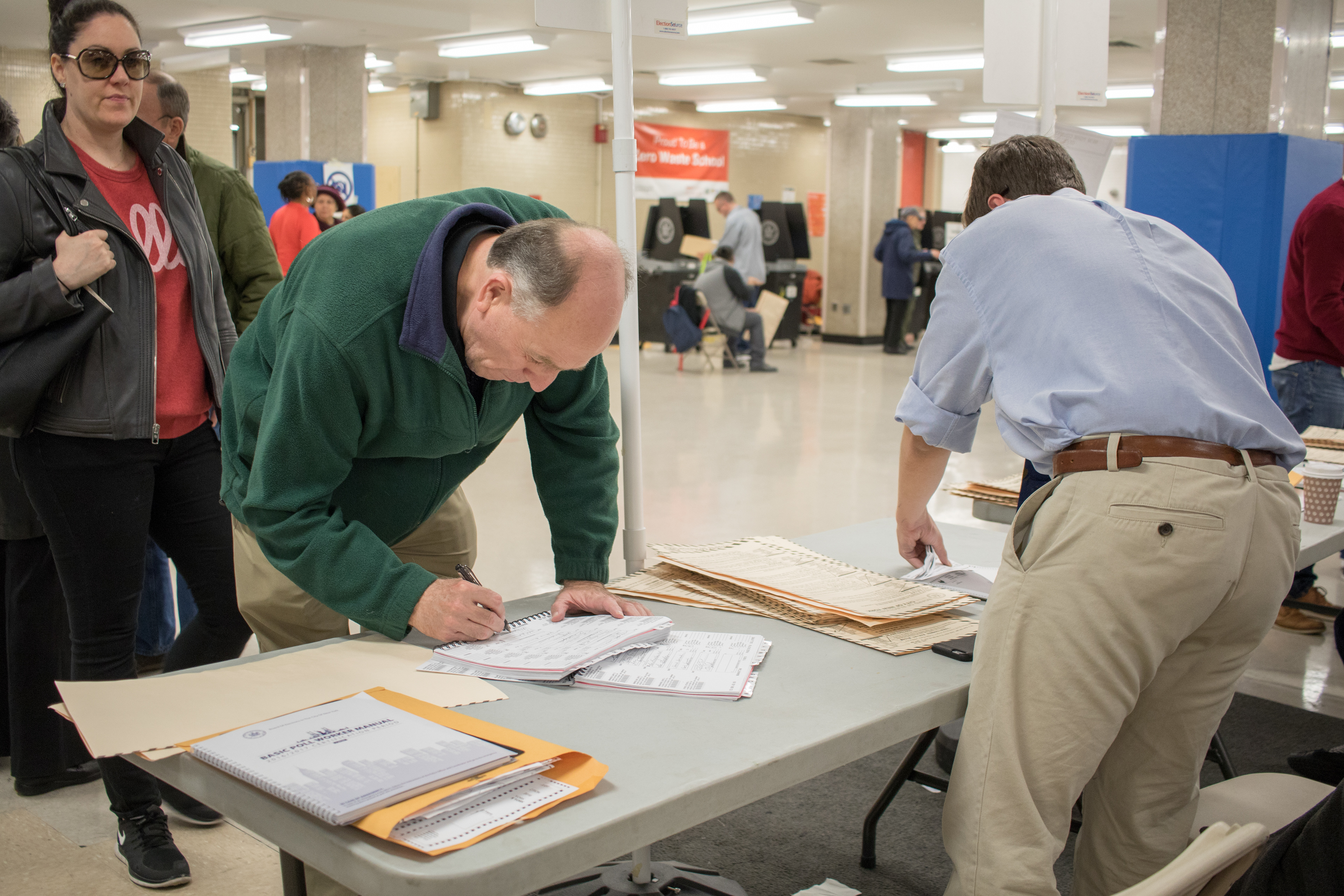
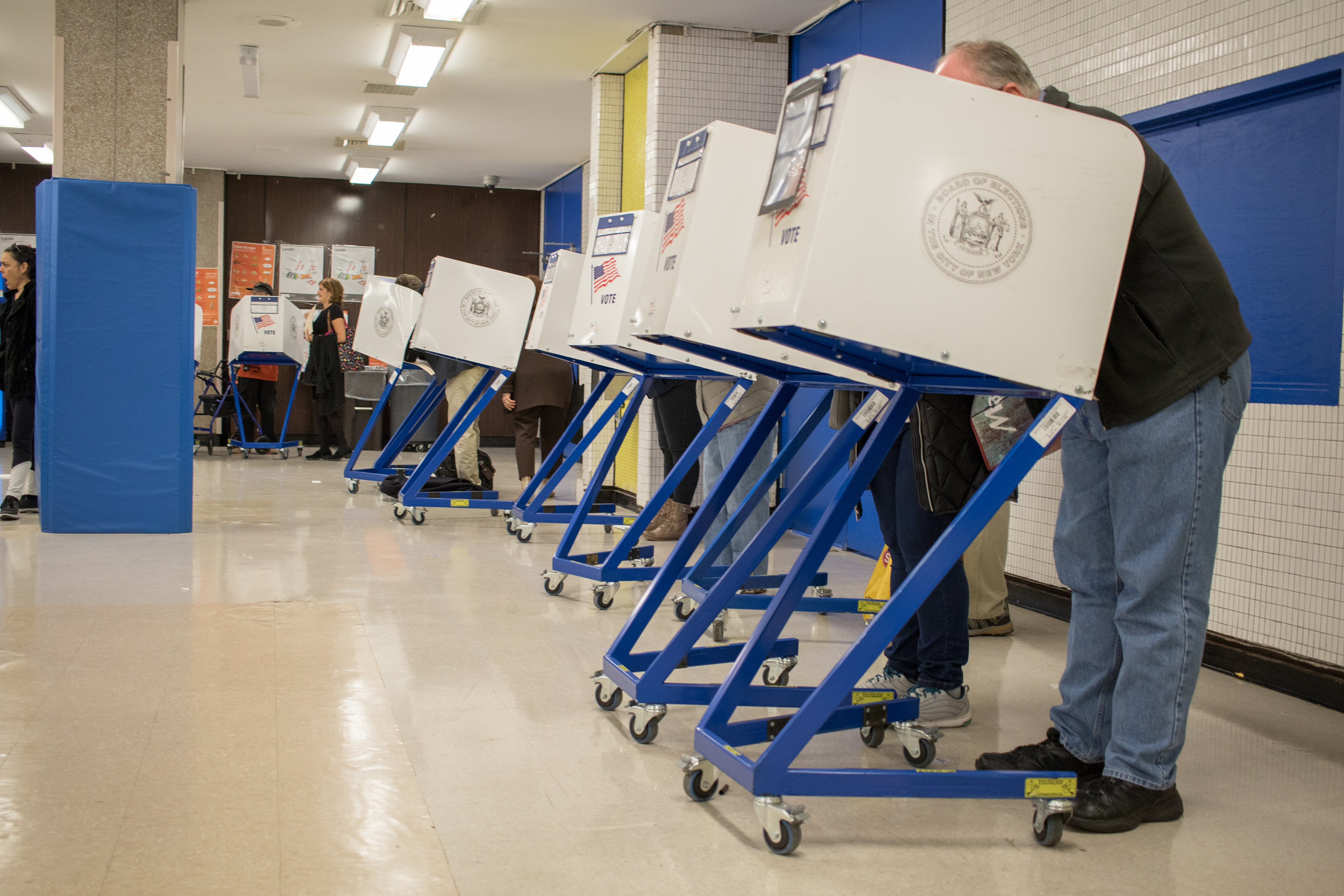
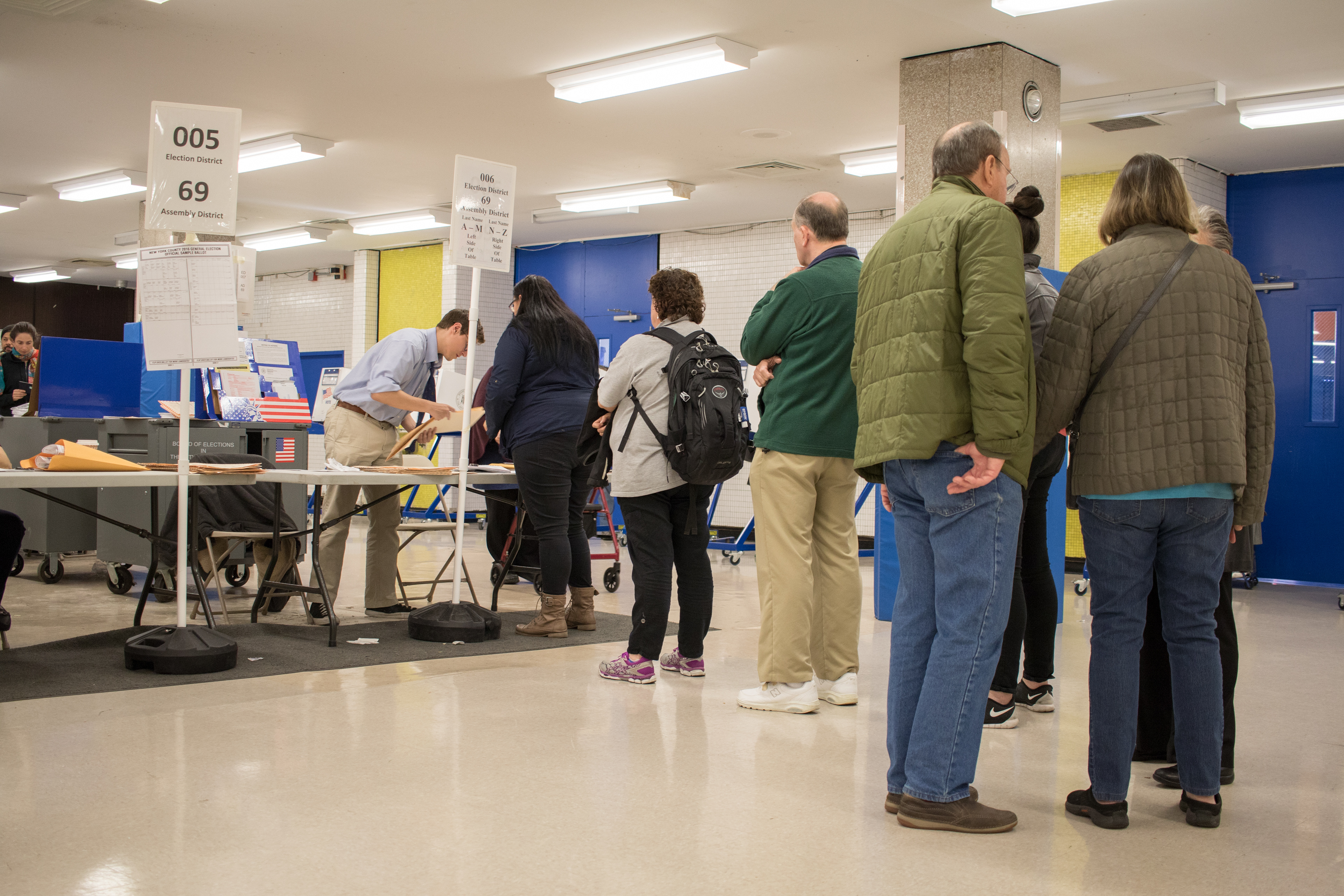
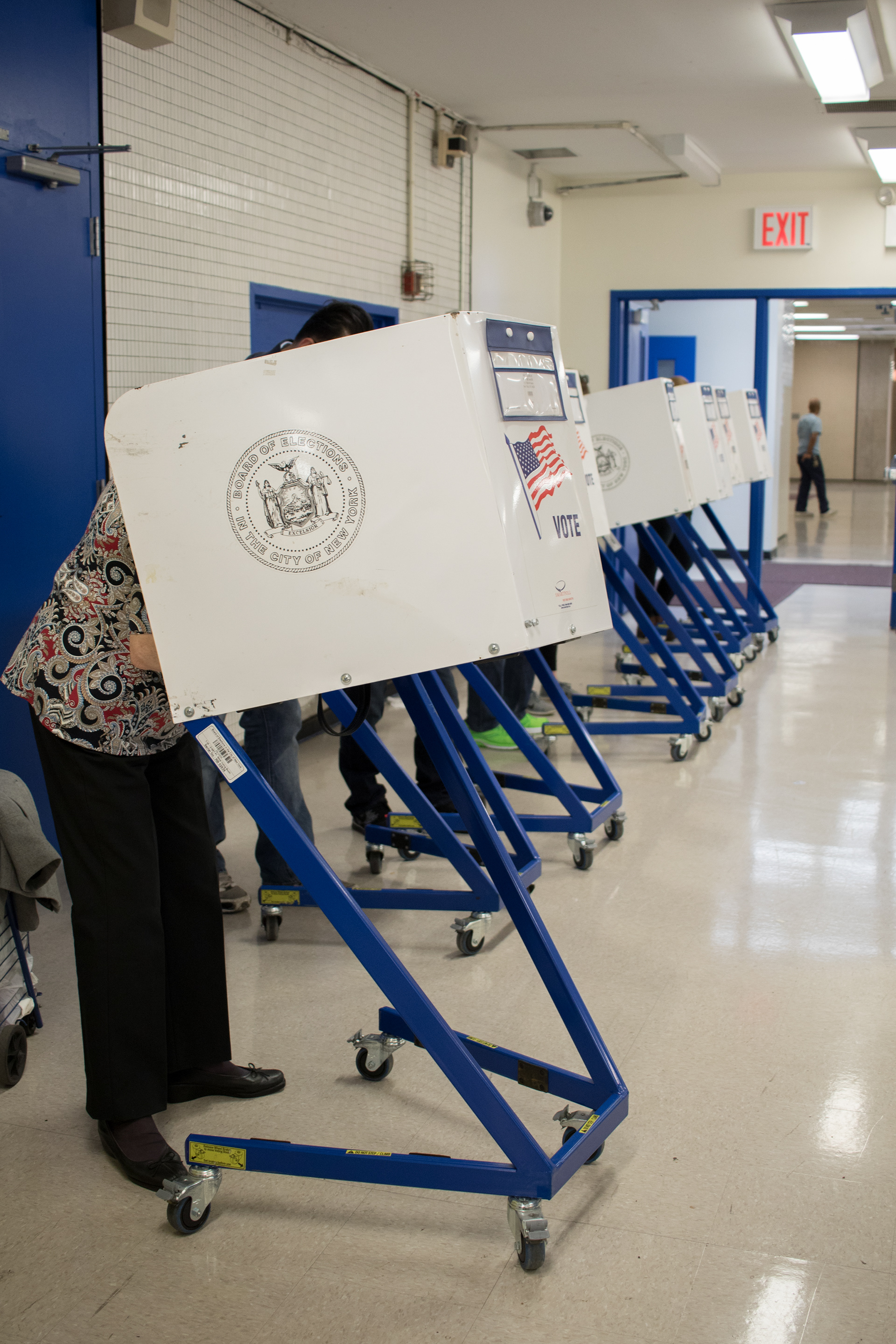
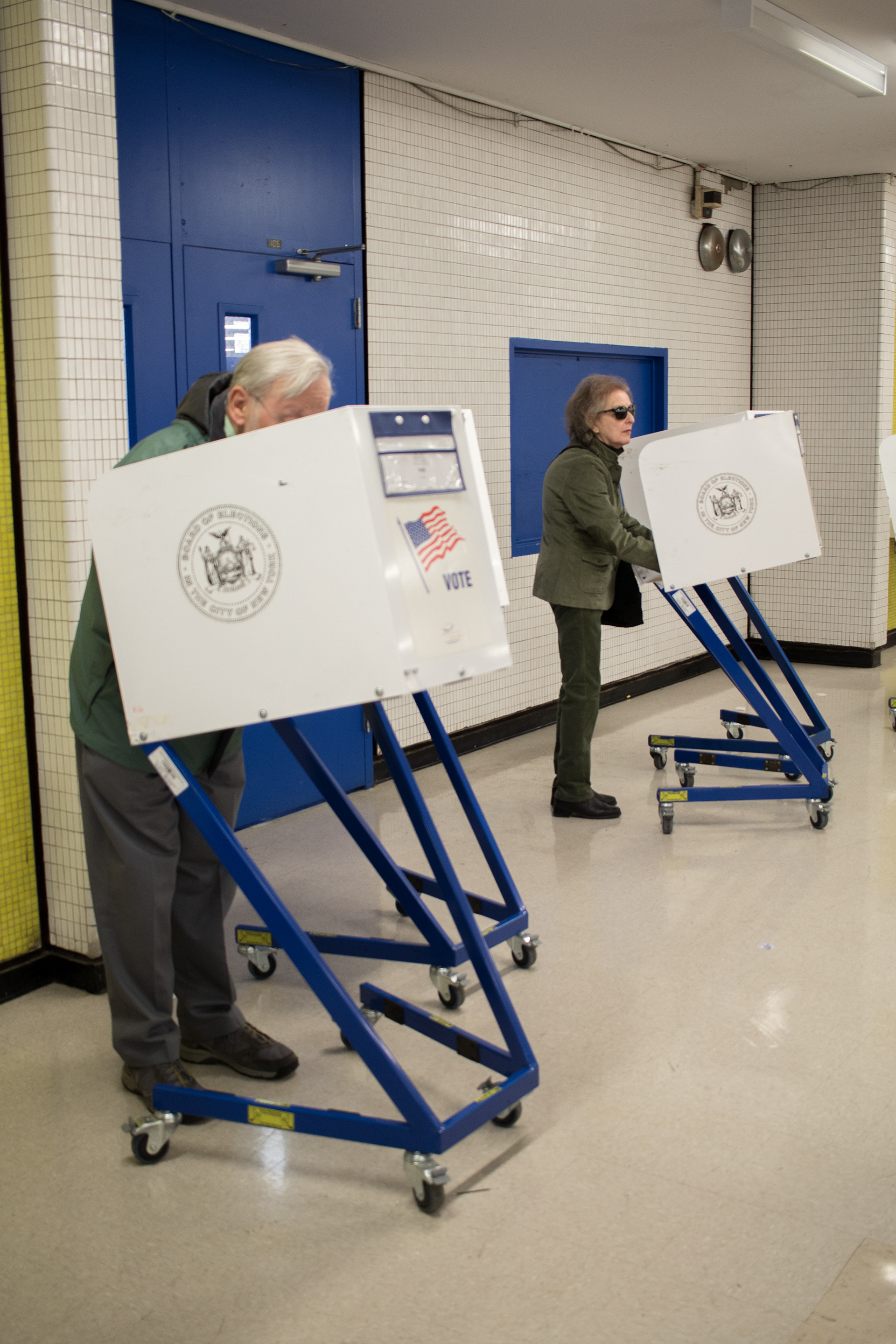
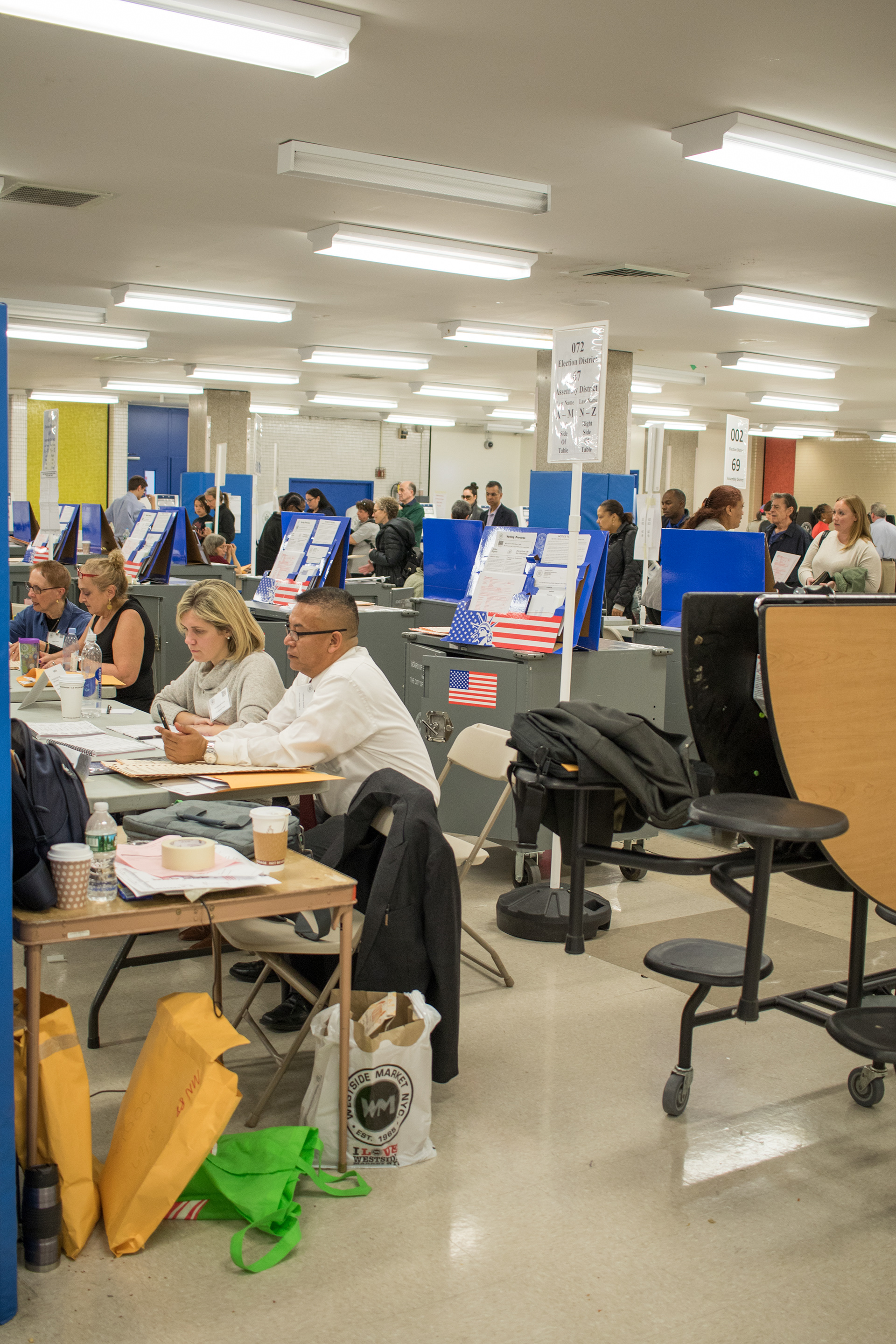
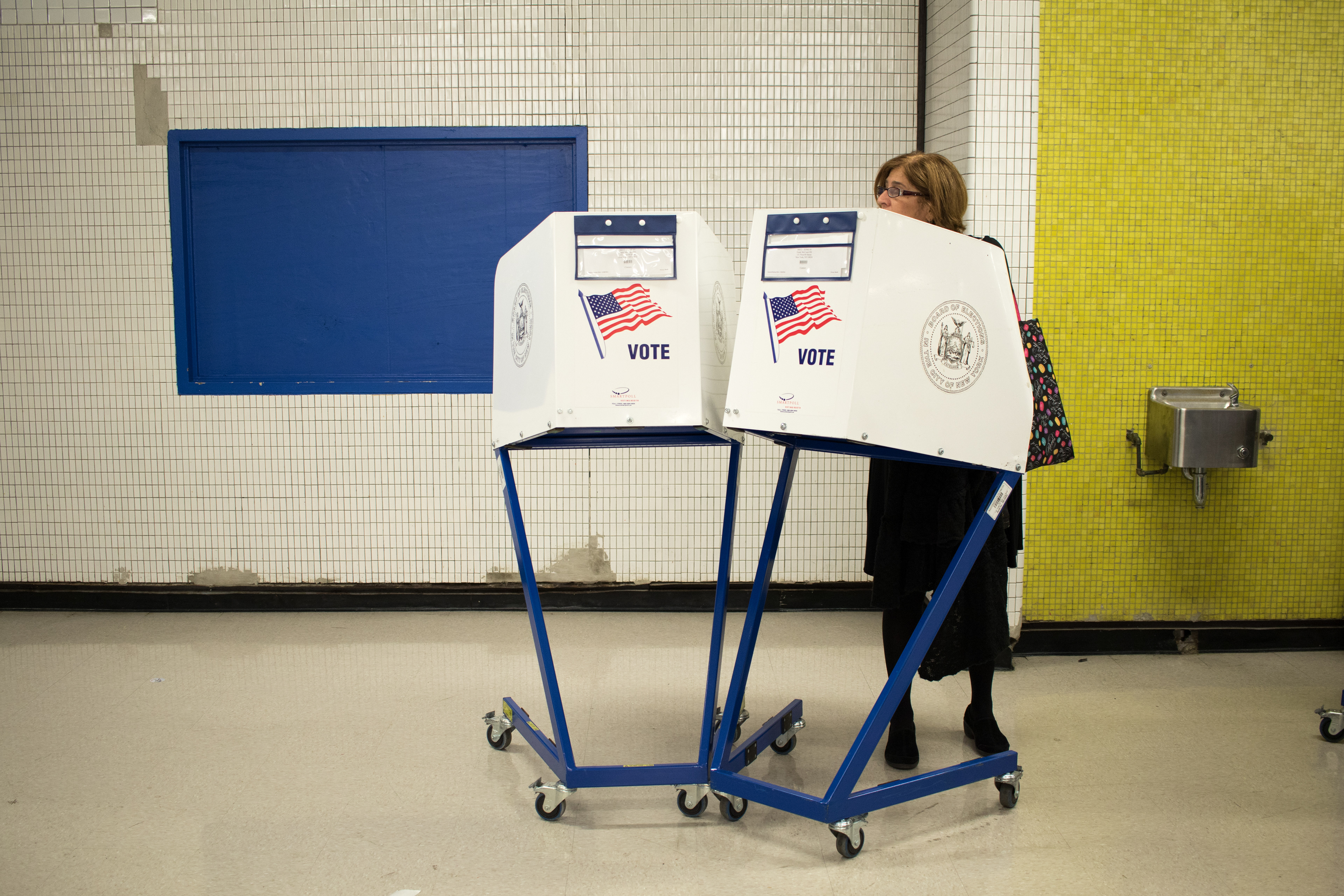
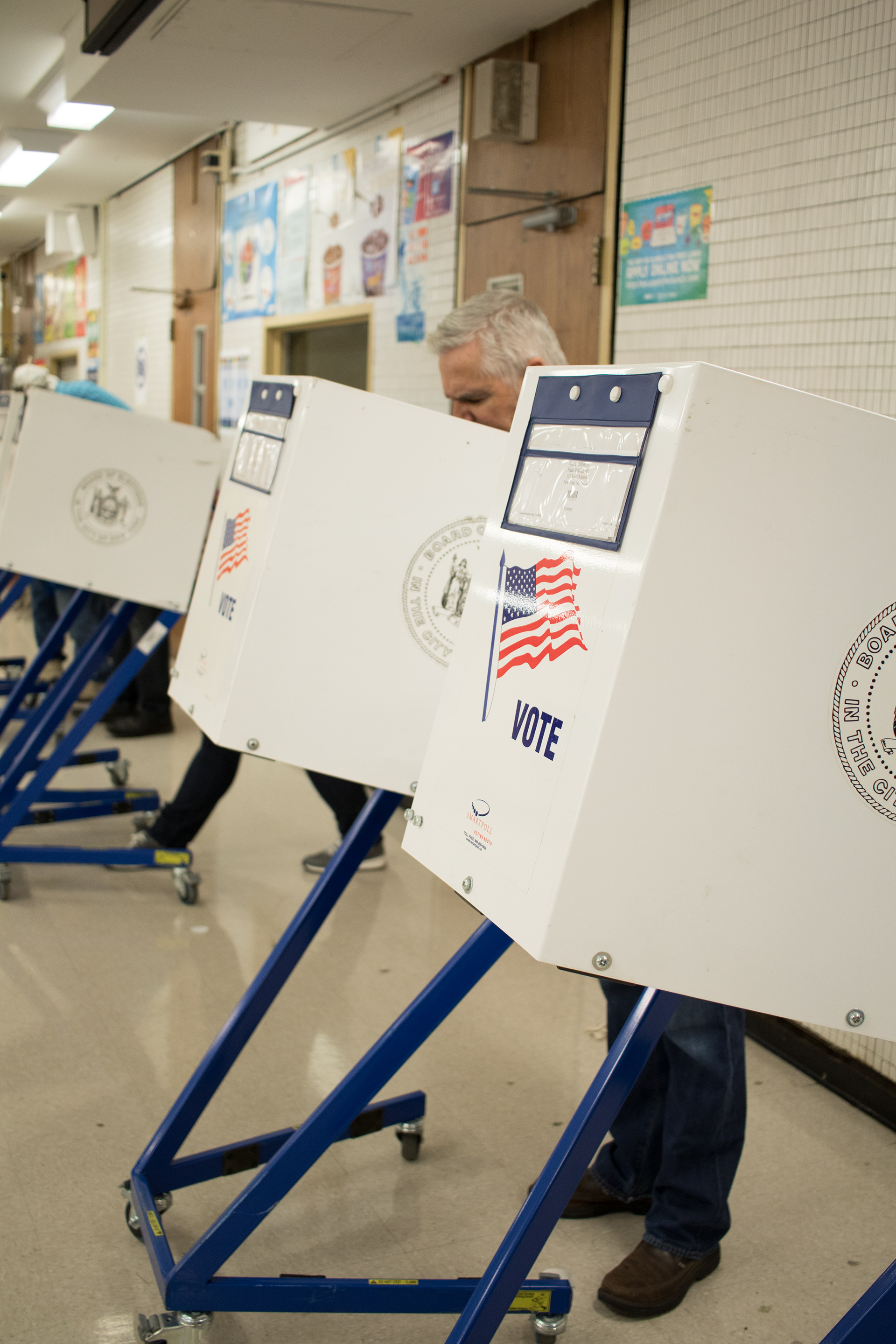
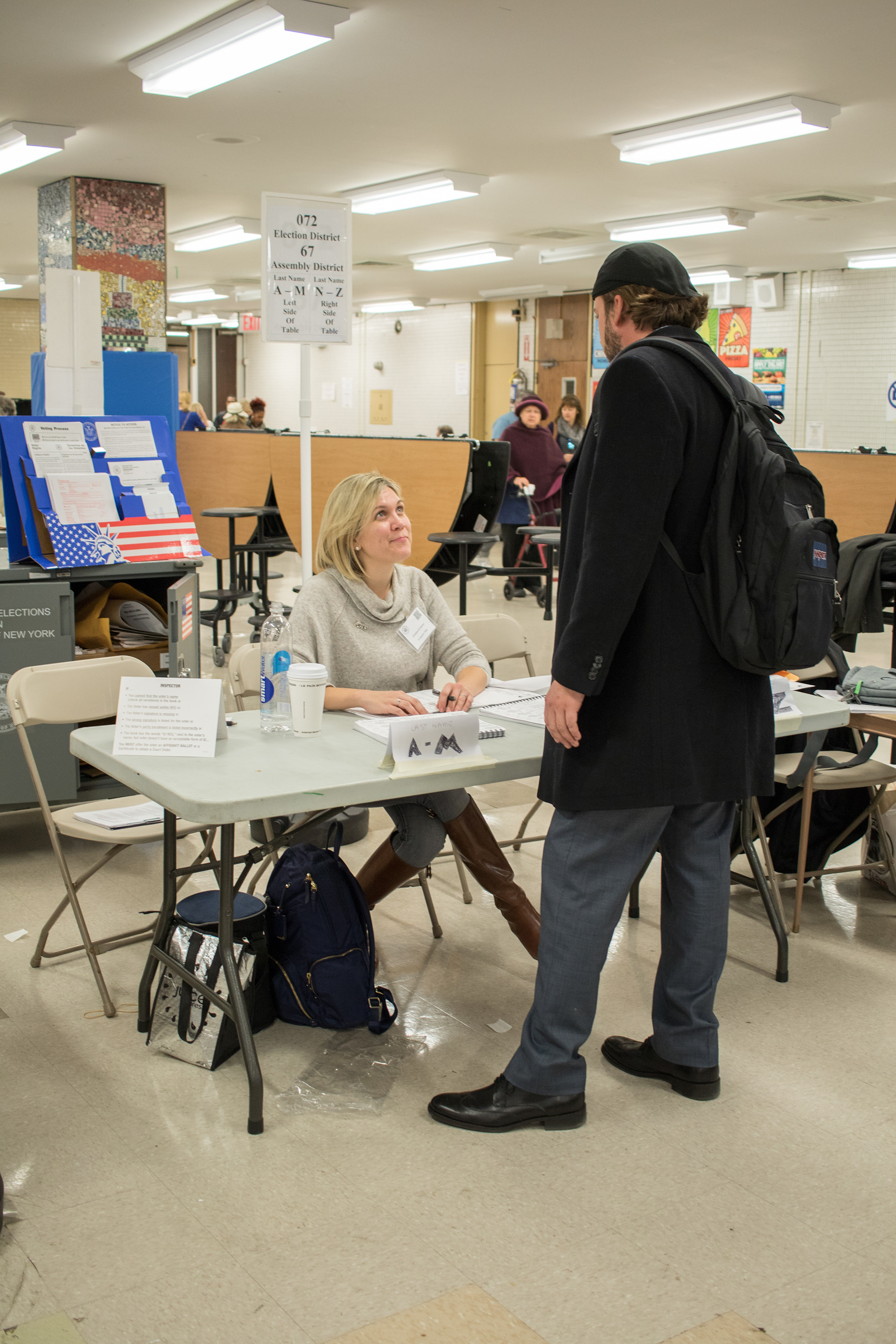
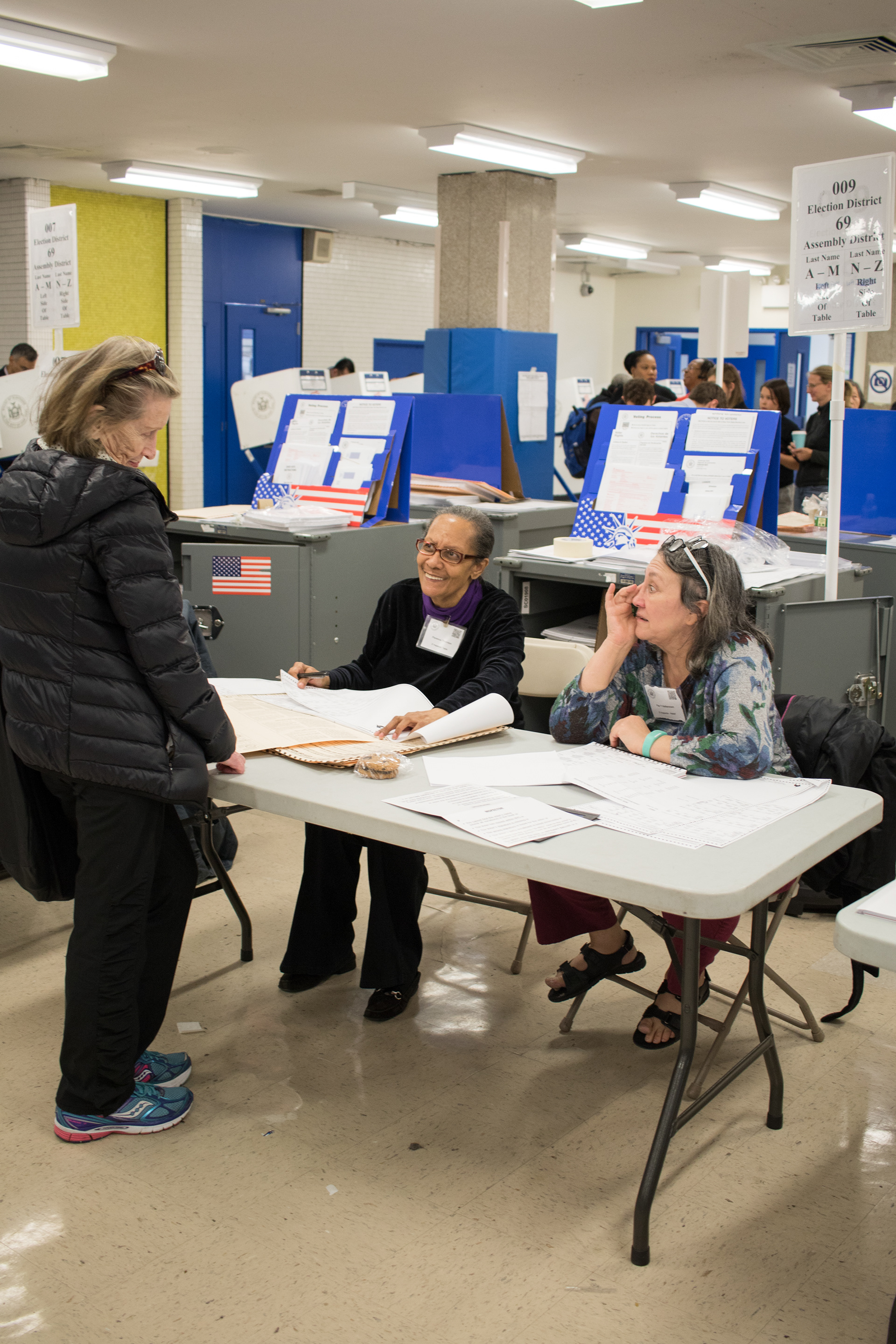
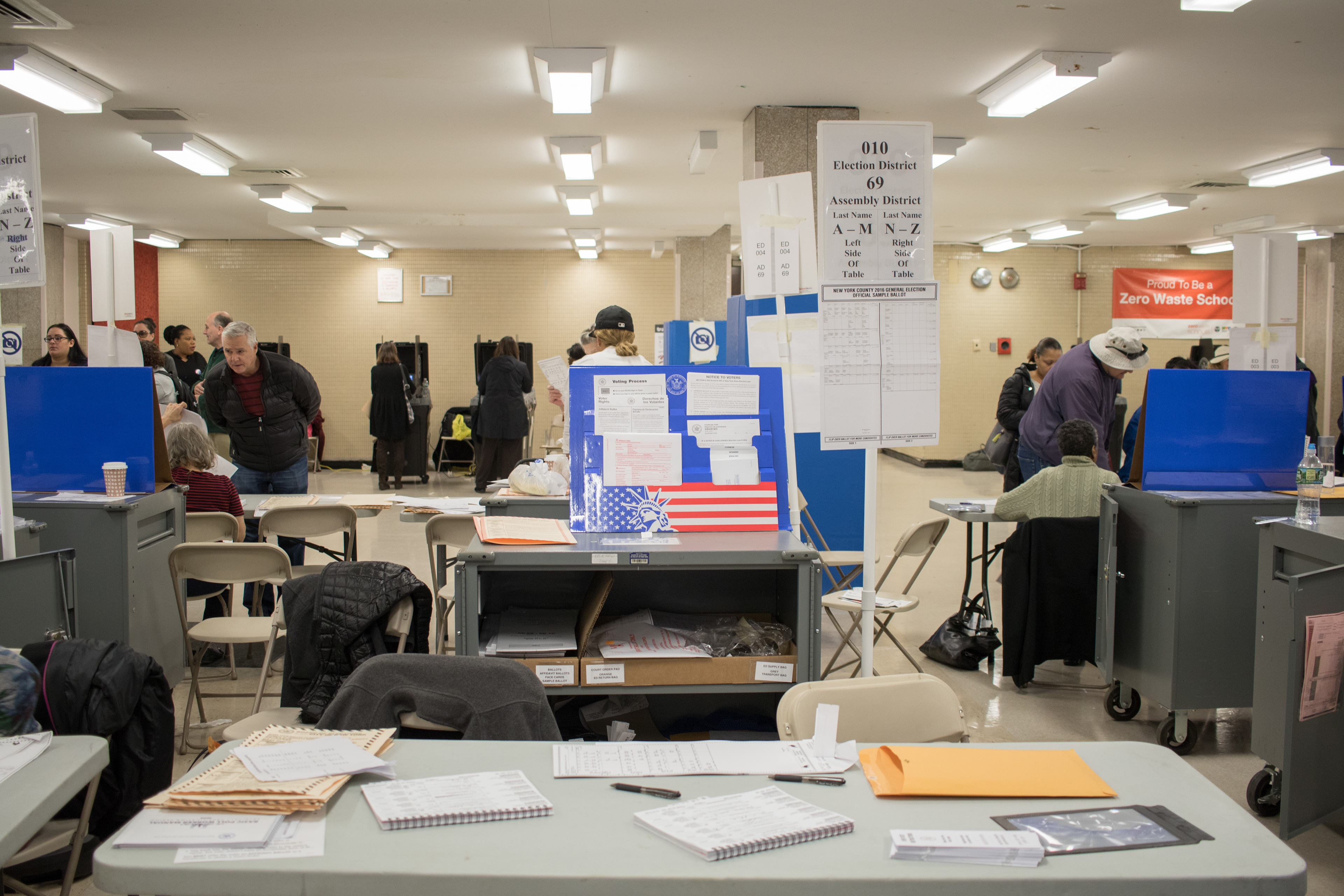
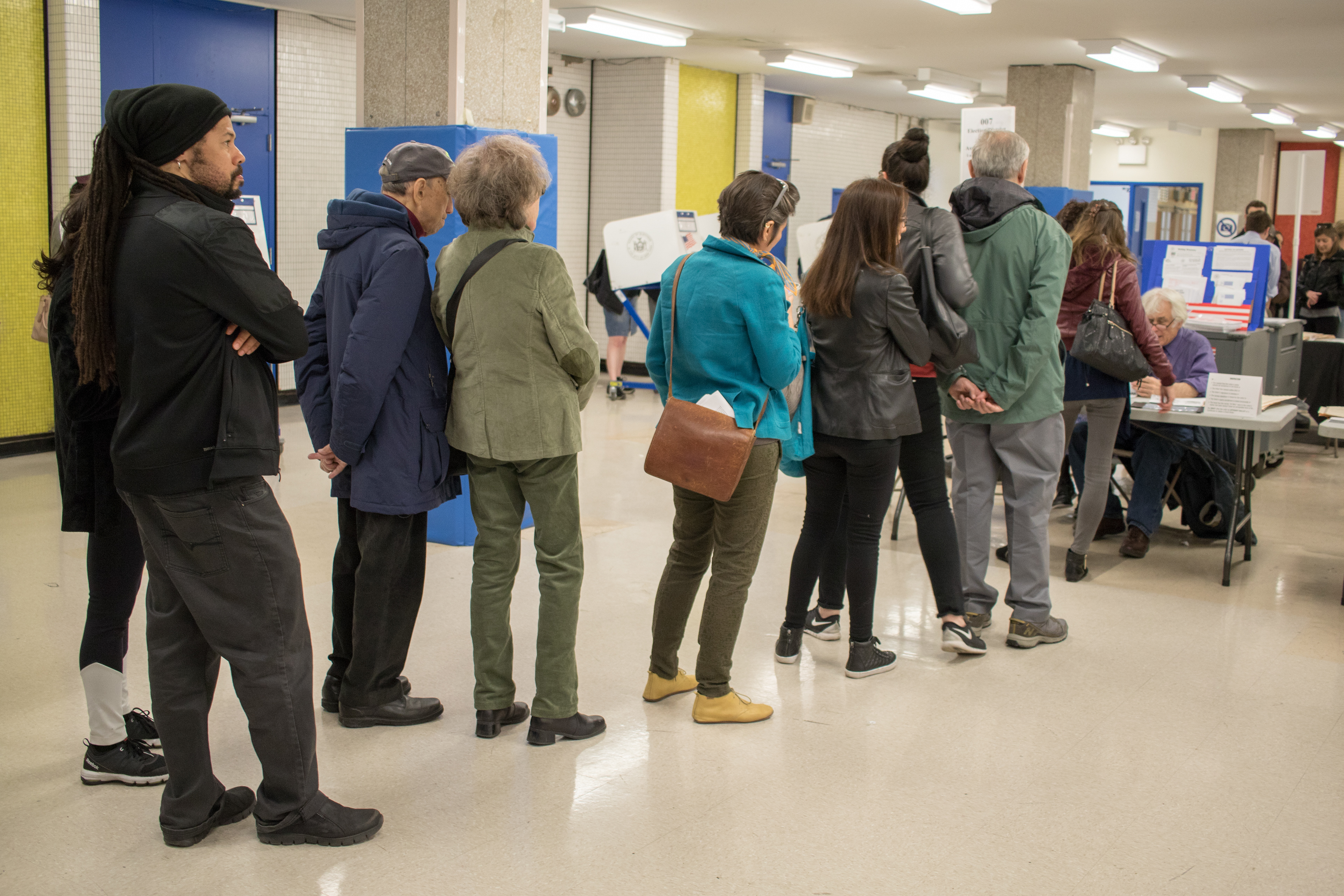
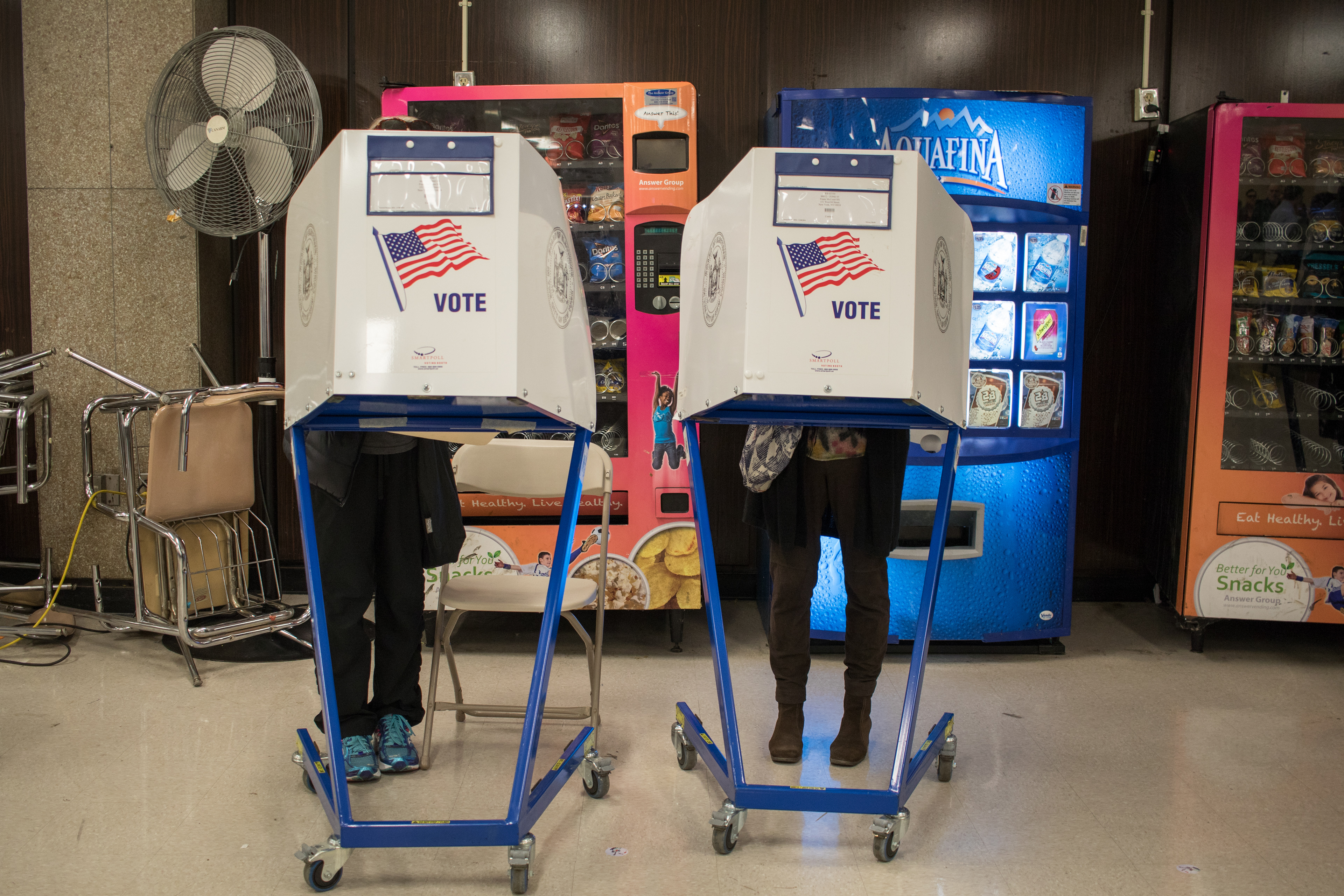
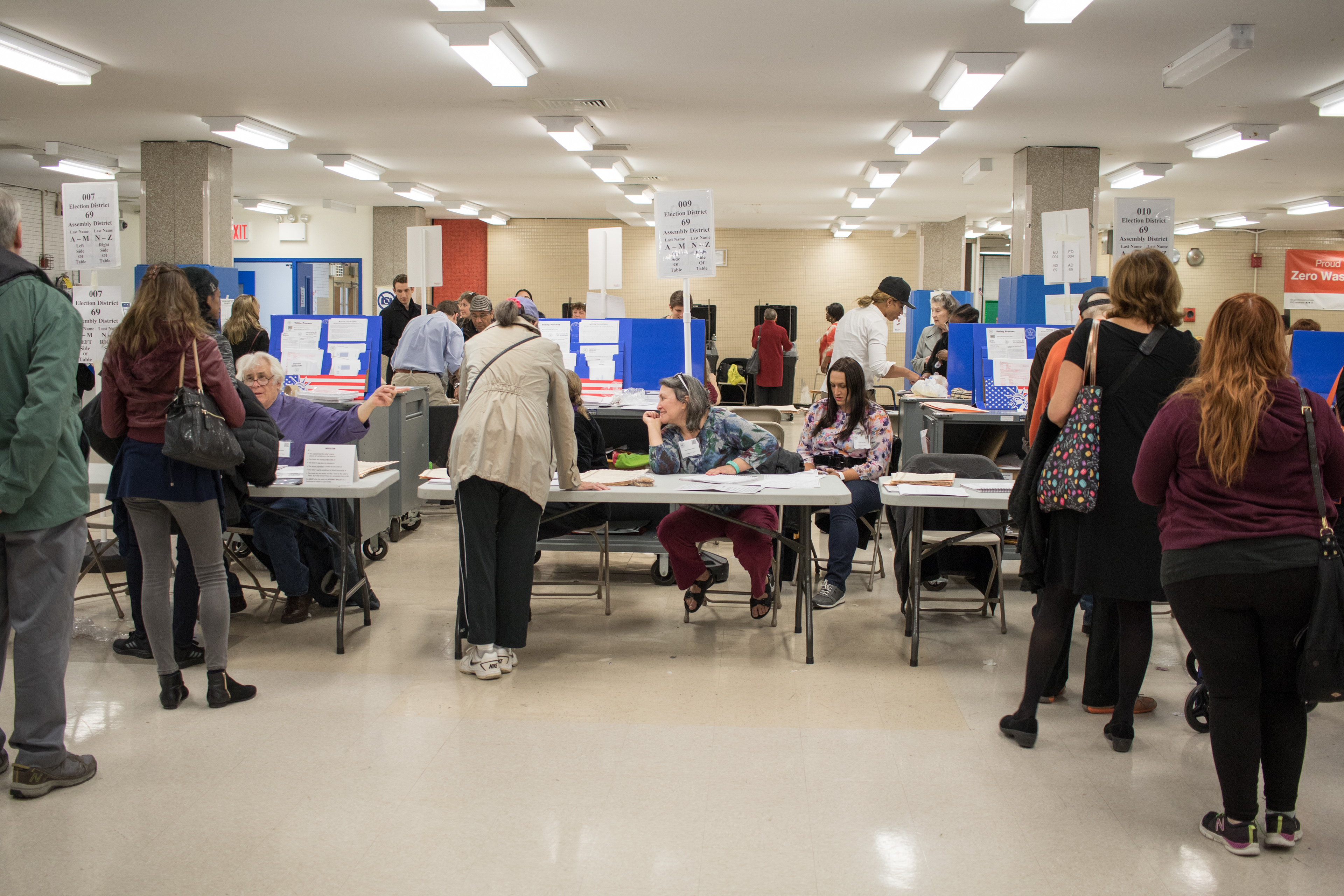
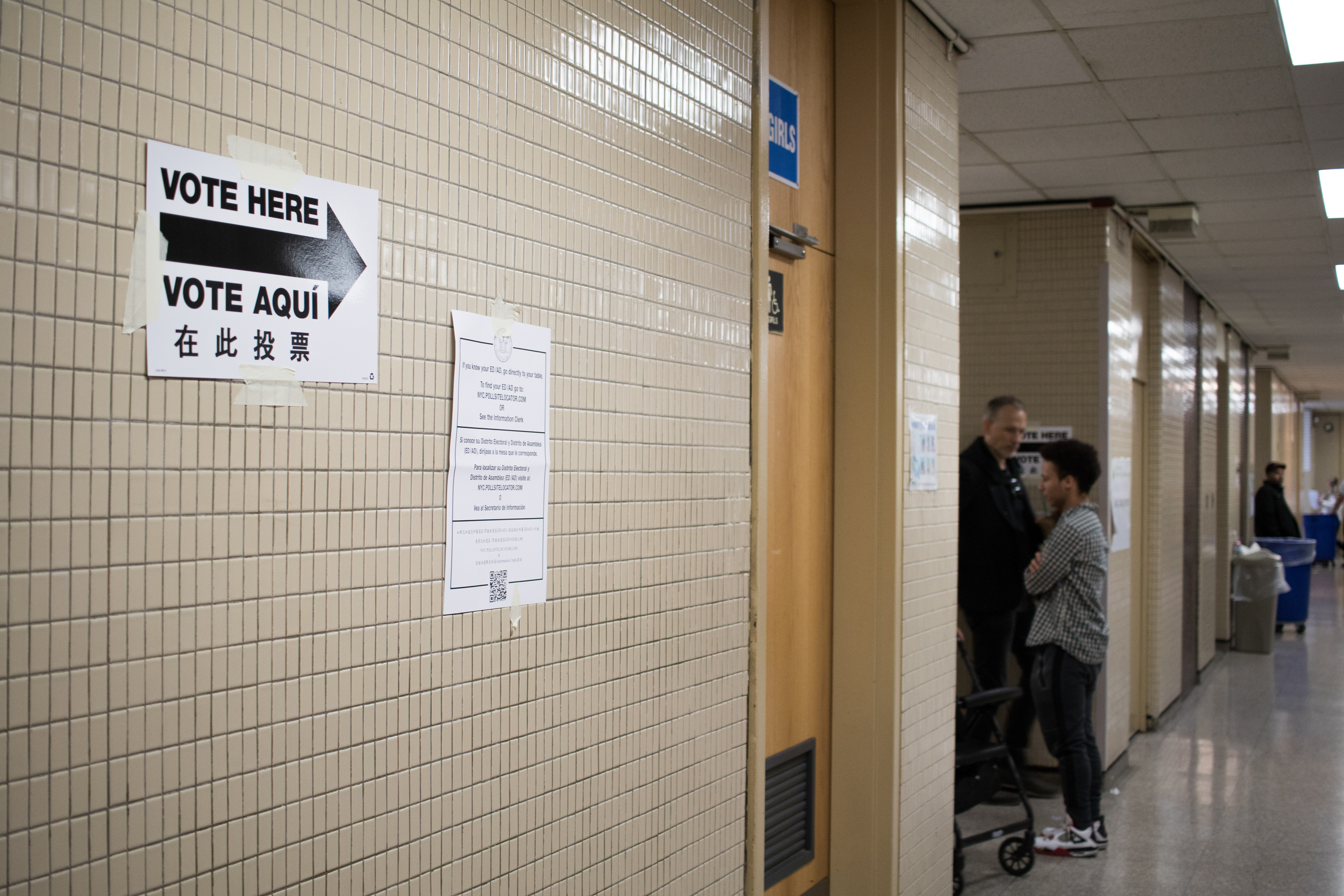
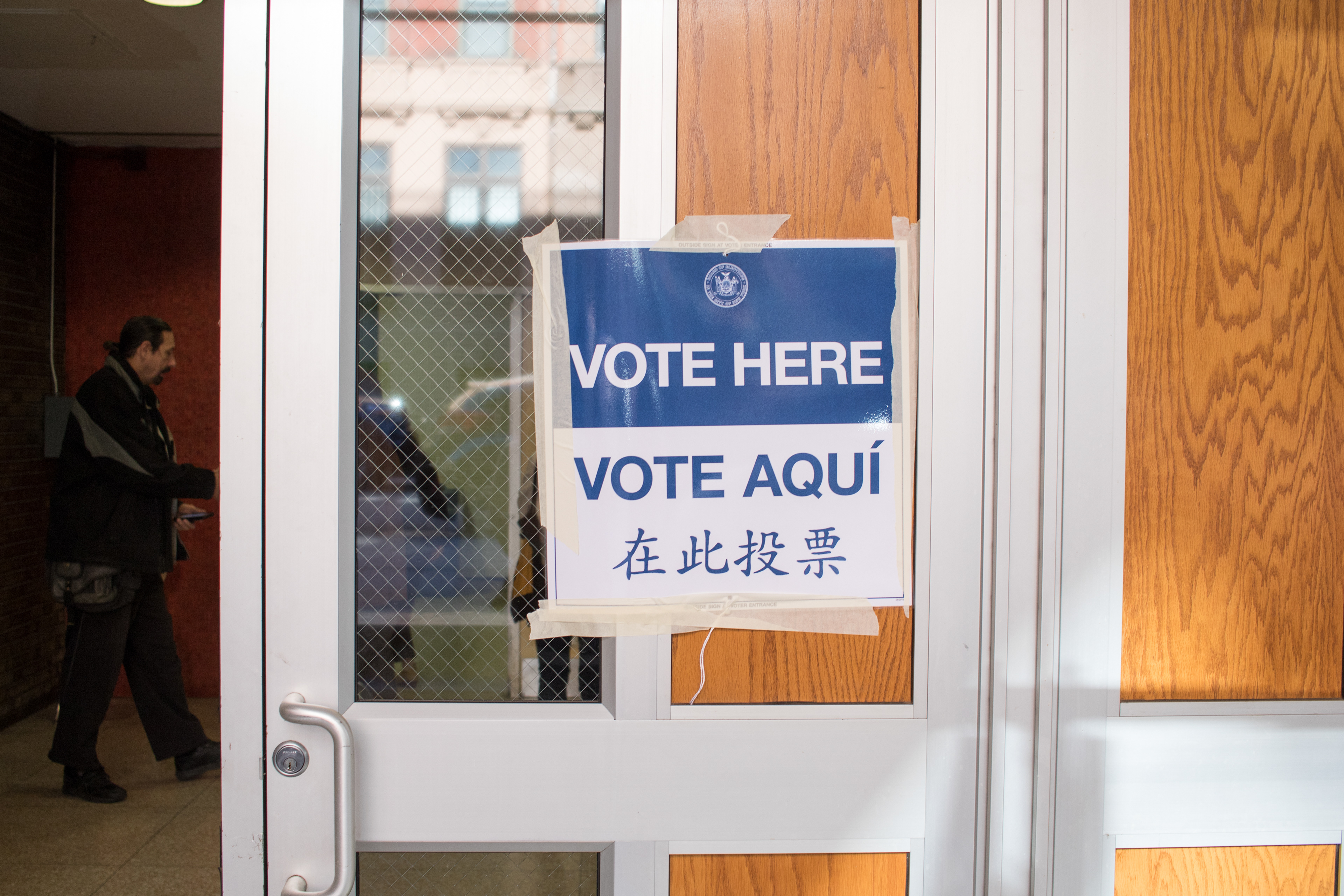
Staying ethical while photographing the unbearable
written by Camille Le Falher-Payat
We call photojournalism, or visual journalism, “the practice of strategically combining words and images to convey information”. In other words, photojournalism is a form of journalism which consist of using images to tell a news story. Therefore, photojournalism is not the art of producing the most stunning photograph ever seen, but the most powerful one, the one which conveys the strongest message, the one which can raise debates and helps society evolve. Nowadays visuals are everywhere, representing everything. Photos are really powerful: we often hear that an image speaks a thousand words. When taking pictures, photojournalists have to be aware of the power of influence that they possess. Those photographs, which will later be published, can have an influence on society, and that is actually what the journalist is seeking. But, at the same time, it gives the photographer a responsibility ; “With great power comes great responsibility” said Voltaire. This is why photojournalists need to obey to a certain code of ethics. The Cambridge dictionary defines “ethics” as “a system of accepted beliefs that control behavior”. That is to say, there is a code of conduct socially acceptable to respect personally and professionally. Can everything be photographed? Should every pictures be published? Where are the limits? What are they defined as? Those are the questions every photographer should ask himself before using his camera. In this essay, we will first discuss the responsibility of the photographer, then the responsibility of the publisher and finally the impact of this whole process on society, before giving some examples of how photojournalism helped raise questions and changed people’s mind in the past 150 years of photography.
The photojournalist, as a reporter, has a duty of conducting investigation and to bring back some content to report a story. A photojournalist will usually go out to take pictures, to a special event, a certain place, a hot spot where an action deserves to be documented or he will meet with people. But taking pictures is not free of rights, as photographer working without a sense of ethic seem to forget. There are a few concerns a photographer needs to keep in mind while reporting on the field. The most obvious situation is when photographing people. There are strict rules about how one can photograph and utilize the picture of a person. This is made to respect people’s rights and privacy. But what speaks more to someone than his fellow’s face? That is what is called identification. And under which circumstances is it acceptable for the photographer to steal this moment from this person? Does he ask the person if he can take the picture? If he does, will the picture still be authentic? Does he take the picture and then ask the rights to the person? If the person is in a situation of danger, should the photographer help the person or take the photo? Or both, but in which order? Is being a photographer taking the lead over being an human being? It is all questions a photographer has asked himself while working on the field with people. The National Press Photographer Association states that the photojournalist’s “primary role is the faithful and comprehensive depiction of the subject at hand. (…) Photographic and video images can reveal great truths (…) Photographs can also cause great harm if they are callously intrusive or are manipulated.”. In order to help photographers in defining their limits, they set a code of ethics. Accord to this code, photojournalists should “Defend the rights of access for all journalists”, “Work with a voracious appetite for current events and contemporary visual media”, “seek a diversity of viewpoints, and work to show unpopular or unnoticed points of view”, “avoid political and business involvements or give the appearance of compromising one’s own journalistic independence”, “stay humble in dealing with sujects”, “respect the integrity of the moment”, “study their craft and the ethics that guide it”.
Horrific photographs taken by John Tlumacki after the bombing attacks during the Boston Marathon of 2013.
Let’s take for example the photographic report of the suicide bomber terrorist attack of Boston during the marathon of 2013. Those photographs, taken by John Tlumacki, have been published all over the world, relaying the fear and sadness of the victims many times. Did the victims and their relatives agree with this? Did they want to be photographed in such a moment of pain and grief? Some readers considered those photographs shocking and yet, John Tlumacki won a Pulitzer Prize for this report. The problem is that there is no real written professional code for photojournalist nor sanctions. The code of ethics written by the NPPA, which we discussed previously, is only a suggestion. There are certain ethics codes which often interfere with the subjectivity of the photographer but those are not stated rules. Simply, a photographer should really focus on the authenticity of his report. It goes without saying that there is no room for staging in photojournalism. It’s all about taking the good shot, at the right moment, in the right place. It is not about asking people to pose for the camera. But by being authentic, the photographer should also always remember to keep in mind the sensitivity of both his subject and potential audience. There is no good answer to the question “Is it worth it to shot and publish a scene of horror?”.
Photographs of lifeless Aylan Kurdi, taken by Nilüfer Demir in 2015 in Bodrum, Turkish.
The only logical reason the photojournalist can focus on is this one: let’s take the example of the picture taken by Nilüfer Demir, showing Aylan Kurdi, a 3 years old Syrian who tried to escape his country, dead on the beach of Bodrum after the ship he was traveling on sinked. The photographer and publishers of this photo, which was definitely the most controversial of 2015, have several times been considered as insensitive and lacking of humanity for not respecting the boy’s dignity and family’s grief. So when a tragic event happens in certain circumstances and the photograph can help his audience realizing what is happening in this scene, isn’t it worth it to take the shot? As horrific as those photographs are, they had a political impact on immigration’s discussion in Europe. And the photographer, Nilüfer Demir, explained her decision to take this photograph: “I almost felt paralyzed when I saw the child’s corpse. (…) At the same time, as a photographer I have a task that does not allow time for second-guessing, for freezing. So, I took the pictures. (…) I wish I hadn’t had to take that picture. I would have much preferred to have taken one of Alan playing on the beach than photographing his corpse. (…) Then again, I am happy that the word finally cares and is mourning the dead children. I hope that my picture can contribute to changing the way we look at immigration in Europe, and that no more people have to die on their way out of a war.” The real equation is: the more the photograph provides an emotional punch to the audience, the more it is effective and the better the work of the photojournalist is done. Then, in this case, it would be considered less invasive and worth it because taking the shot and publishing it have a purpose which overcomes the fact to hurt the subject. But as said before, this is a very subjective idea. People have different sensitivity. What hurts someone might not hurt someone else. And in this process there are several levels to consider: the subject’s subjectivity, the photographer’s one, the publisher’s one and the viewer’s one. But it is impossible to guess people’s reactions and feelings in advance. So it really is up to the photographer to make its own choice about what is worth being photograph and to find the correct balance, at least his own, between doing an effective job of photojournalist and preserving people’s rights and feelings.
However, the responsibility of the photograph’s visibility is really not only on the photojournalist’s shoulders. In fact, without publishers, there would be no photojournalism. Really, the photographer can take any pictures he wants, but none of them would have any impact if the publisher doesn’t allow it to be published. Who has to adopt an ethical behavior then, the photographer or the publisher? Obviously both of them. The photographer is the one responsible for the subject being photographed, the publisher is responsible for the public’s reaction, as much in the bad as the good way. If the story or the message that both the photographer and the journal or magazine want to convey proceed to reach its audience, it is because the photograph was good and the editing part did a good choice. So what are the rules the publisher should follow when deciding to publish photographs? Again, it’s all about ethics. There are ethics codes for journalism and there are pretty much the same for photojournalism. As long as the photograph serves a purpose and delivers a message, it is fair enough to publish it. Let’s take the example of this photograph published by the New York Post in 2012. This is the perfect demonstration of what it is like to publish a non-ethical photography according to the opinion of the majority. Again, it is all about subjectivity and some people might not see anything wrong with it. But really, this picture in the front page was controversial because it didn’t serve any purpose. It was just a tragic accident and all we could see was this man about to be strike to death by the subway.
Front page of the New York Post of Tuesday, December 4, 2012. Photo taken by R. Umar Abbasi.
This is a perfect example of sensationalism and voyeurism. The journal decided to publish this picture in its front page only for the drama, there was no real purpose behind it. We could also blame the photographer for having taken the shot. Couldn’t he have helped the poor man on the tracks? According to what he said in interviews and to the frame of the picture, it seems like the photographer was too far anyway to be able to rescue the victim. Was it really mindful to catch this moment with his smartphone though? Wasn’t it insensitive and disrespectful toward the victim’s situation? The photographer defended himself by saying he “was not “strong enough to physically lift the victim himself,” and so chose to use “the only resources available to him, and began rapidly flashing his camera to signal the train conductor to stop.” Again, it is a subjective answer but it seems that it was not an ethical move from both the photographer and the publisher sides to take and use this picture. But as mentioned before, ethical standards vary from organization to another.
In June 1979, Nick Ut took this picture focusing on a 9 year old girl naked, Kim Phuc, after an aerial napalm attack in South Vietnam.
Yet, there are plenty of example of horrific photographs which were worth being published, no matter how difficult they were to watch. When the Associate Press published this picture taken by Nick Ut of this little girl, Kim Phuc, running naked on the road after a Napalm strike in South Vietnam, it could also have been considered as voyeurism but the approach was really not the same. It was a very disturbing picture at the time and yet it has been published in the front page of the New York Times and won a Pulitzer prize in 1972. As Daniel R. Bersak explains in his thesis for the Massachusetts Institute of Technology, the New York Times made the decision to sacrifice this girl’s privacy to serve a noble cause: ”Editors at The Times chose to sacrifice the girl’s privacy, and perhaps to offend their readers in order to present an unflinching picture of the conflict and ultimately to serve the greater good.“ On one hand, the photographer explained later in an interview, that he first took the picture and then ran to help the girl and took her to an hospital. ”After I had taken a picture of Kim, I thought, “Oh my God.” (…) She was screaming and screaming, and I thought, “Oh my God.” That’s when I stopped taking pictures of her.“ So he did help her and did his job of photojournalist without forgetting his humanity.
In another hand, concerning the publication of it, the idea behind it was really not about sensationalism. It was not simply to show this little naked girl in such a terrible state. This is indeed what it looks like, but only to show how terrible things where going in Vietnam. This picture is really famous because of the impact it had on society, as remember its photographer:
”When the editors saw the picture, they said, “We don’t think we can use the picture in the paper, because she’s too naked.” (…) My boss looked at me, and asked, “What happened?” I said, “A napalm attack.” (…) He looked through twelve to fifteen pictures, and then yelled to the editors, “I want a caption on these pictures right away!” One of the editors asked him again, “You think we can use the pictures?” My boss replied, “I don’t care. Write a caption. Move!” The editors sent the picture to New York to let them decide whether to use it or not. When New York saw the power in the photo, they said they wanted to use the picture right away. The picture was immediately on the front page of every newspaper and on TVs. The newspaper called me and said, “Nicky, good job. Congratulations. Good picture.” The next day, there were anti-war protests all over the world.“
This kind of report is absolutely needed to document things that we have no idea of. Sometimes, the purpose of a photography is really to hurt people’s sensitivity and to disturb them to show a point. Why would we refuse to see what is really happening? We can decide to ignore the horrible side of things, but this little girl had no other choice than to endure this situation. When we can barely admit to see it, she was living it. And that is the purpose of photojournalism, that is how a photojournalist raises questions and makes people think about sensitive subjects that would be easier to ignore. Sometimes the duty of informing the public overcomes privacy rights. As awful as things can be, we need to see those graphic images to be aware of it. It could just be words, but adding a picture to it makes it even stronger. What would it mean for the society if representations of wars where all clean and nice to watch? Ethics are not static, the "code” evolves with the society. However, one thing will never change: the power of photojournalism lies in its genuineness.
Bibliography
Books:
• Christian Pirker, “Controversies: A Legal and Ethical History of Photography” Distributed Art Pub Incorporated, 2012.
Paul Martin Lester, “Photojournalism: An Ethical Approach” Routledge, 2015.
Books:
• Christian Pirker, “Controversies: A Legal and Ethical History of Photography” Distributed Art Pub Incorporated, 2012.
Paul Martin Lester, “Photojournalism: An Ethical Approach” Routledge, 2015.
Articles:
• “Member Code of Ethics” American Society of Media Photographers
• “The power of photography: Images that changed world opinions” The Telegraph.
Coburn Dukehart, “What It Feels Like To Be Photographed In A Moment Of Grief”, National Public Radio, 2013.
Daniel R. Bersak, “Ethics in photojournalism: past, present and future”, Massachusetts Institute of Technology, 2003.
• Jeff Bercovici, “New York Post’s Subway Death Photo: Was It Ethical Photojournalism?” Forbes, 2012.
• Josh Haner, “Beyond the Finish Line”, The New York Times, 2013.
• Martin A. Berger, “Fixing Images: Civil Rights Photography and the Struggle Over Representation” RIHA Journal, 2010.
Phil Coomes, “A question of ethics: Photographers in the spotlight” BBC News, 2011.
• “Member Code of Ethics” American Society of Media Photographers
• “The power of photography: Images that changed world opinions” The Telegraph.
Coburn Dukehart, “What It Feels Like To Be Photographed In A Moment Of Grief”, National Public Radio, 2013.
Daniel R. Bersak, “Ethics in photojournalism: past, present and future”, Massachusetts Institute of Technology, 2003.
• Jeff Bercovici, “New York Post’s Subway Death Photo: Was It Ethical Photojournalism?” Forbes, 2012.
• Josh Haner, “Beyond the Finish Line”, The New York Times, 2013.
• Martin A. Berger, “Fixing Images: Civil Rights Photography and the Struggle Over Representation” RIHA Journal, 2010.
Phil Coomes, “A question of ethics: Photographers in the spotlight” BBC News, 2011.
Documentaries:
•"9/11: The Falling Man", Dir. Henry Singer, 2006, DVD.
Natan Dvir, “Ethics in Photojournalism”, Online lecture, Youtube, 2014.
•"9/11: The Falling Man", Dir. Henry Singer, 2006, DVD.
Natan Dvir, “Ethics in Photojournalism”, Online lecture, Youtube, 2014.
Websites:
Küpeli, Ismail. “We Spoke to the Photographer Behind the Picture of the Drowned Syrian Boy | VICE | United States.” VICE. 4 Sept. 2015. Web. 18 May 2016.
Lowder, J. Bryan. “What Really Disturbs Us About The N.Y. Post Subway Death Cover.” Slate Magazine. 2012. Web. 16 May 2016.
“NPPA Code of Ethics.” National Press Photographers Association. Web. 16 May 2016.
Zhang, Michael. “Interview with Nick Ut, the Photojournalist Who Shot the Iconic "Napalm Girl” Photo.“ PetaPixel. 2012. Web. 16 May 2016.
Küpeli, Ismail. “We Spoke to the Photographer Behind the Picture of the Drowned Syrian Boy | VICE | United States.” VICE. 4 Sept. 2015. Web. 18 May 2016.
Lowder, J. Bryan. “What Really Disturbs Us About The N.Y. Post Subway Death Cover.” Slate Magazine. 2012. Web. 16 May 2016.
“NPPA Code of Ethics.” National Press Photographers Association. Web. 16 May 2016.
Zhang, Michael. “Interview with Nick Ut, the Photojournalist Who Shot the Iconic "Napalm Girl” Photo.“ PetaPixel. 2012. Web. 16 May 2016.

